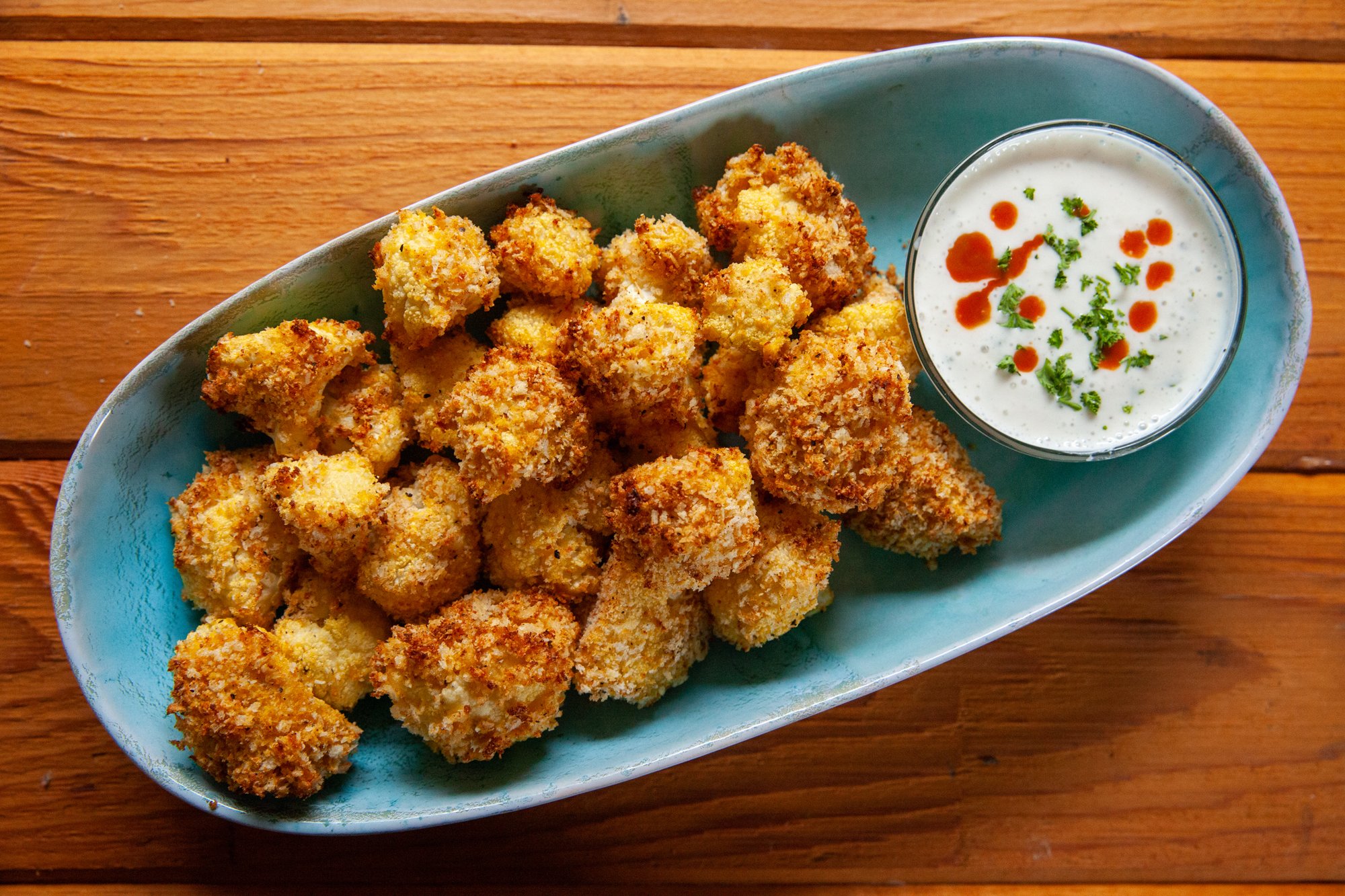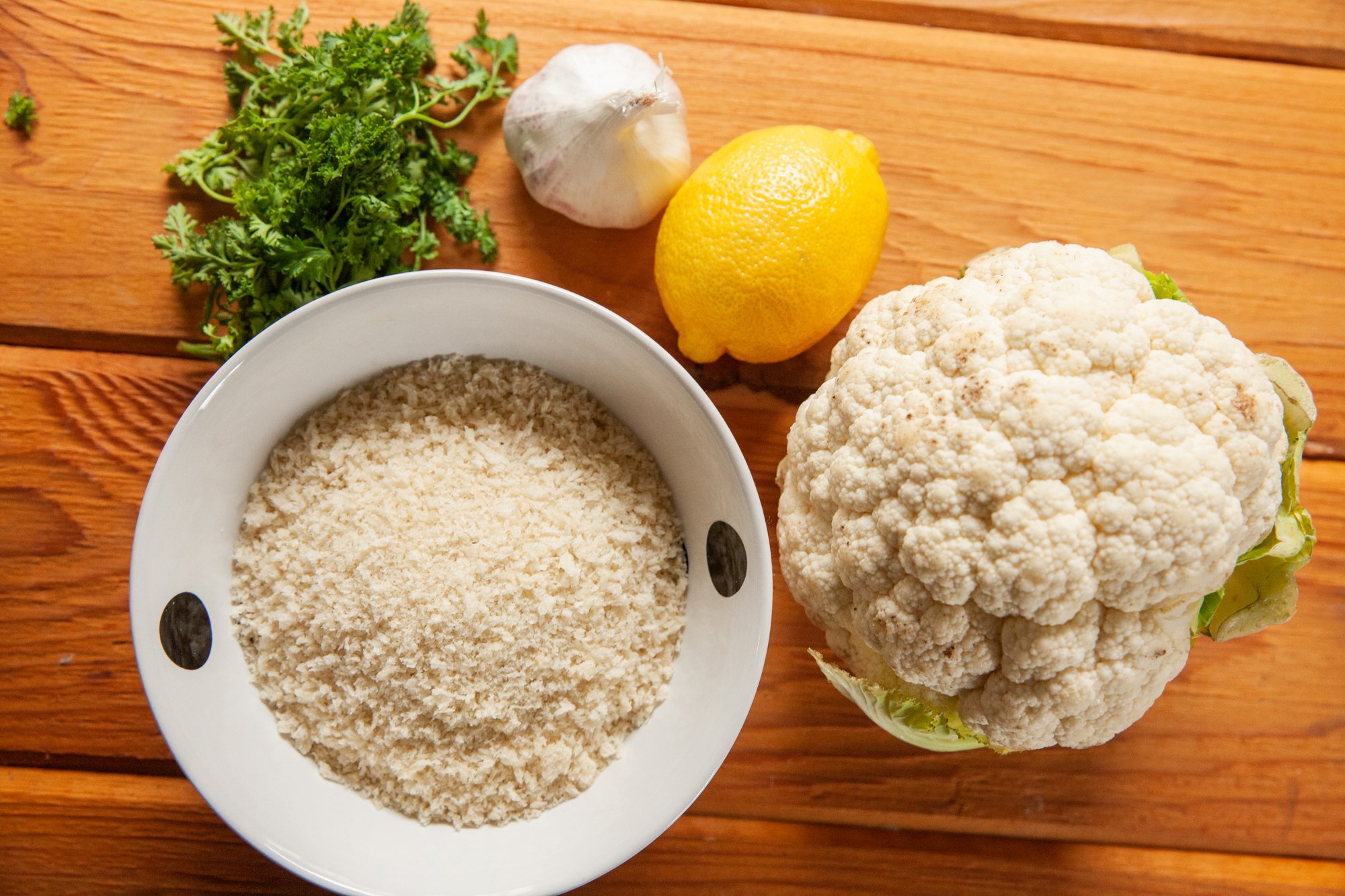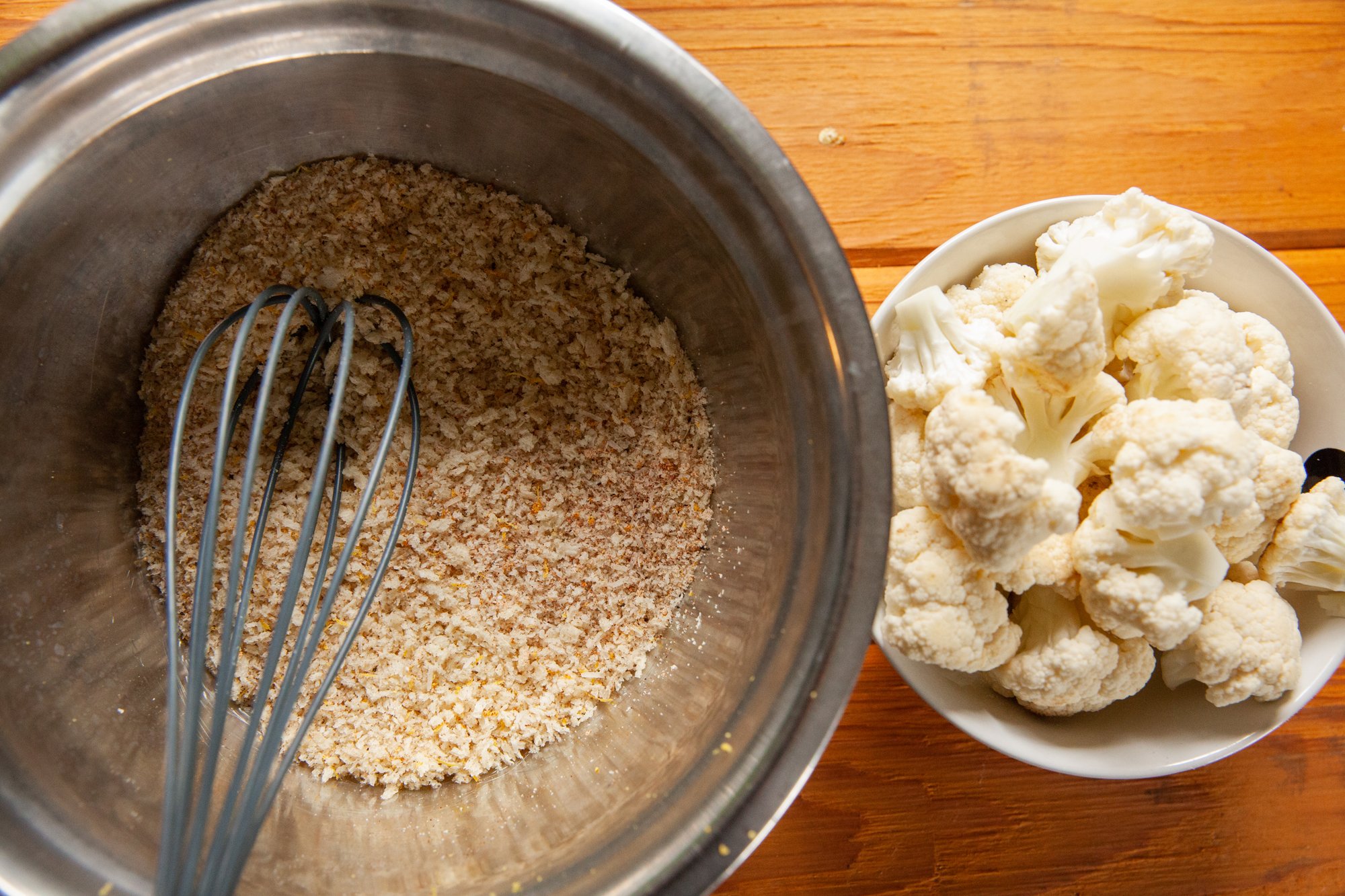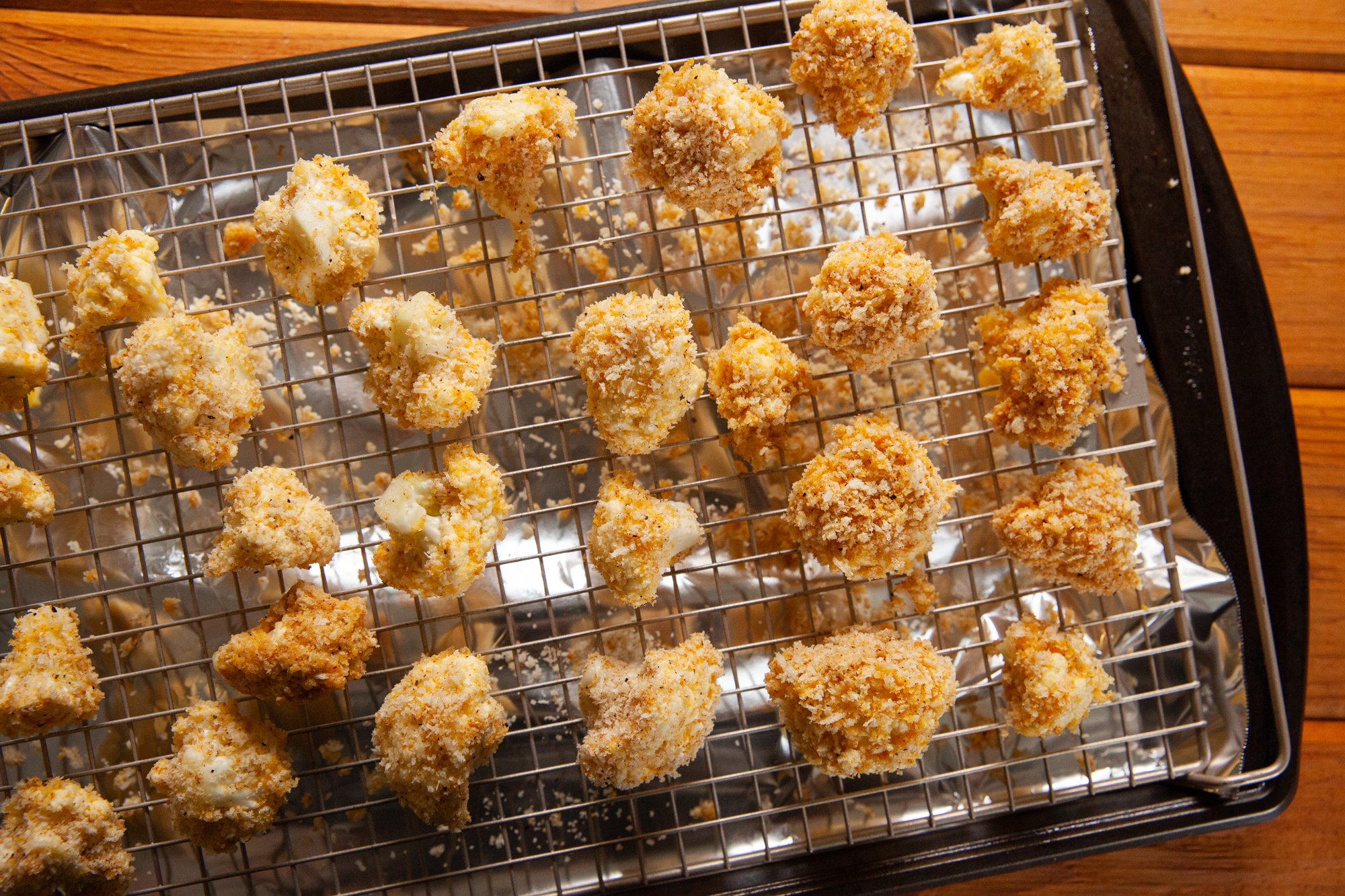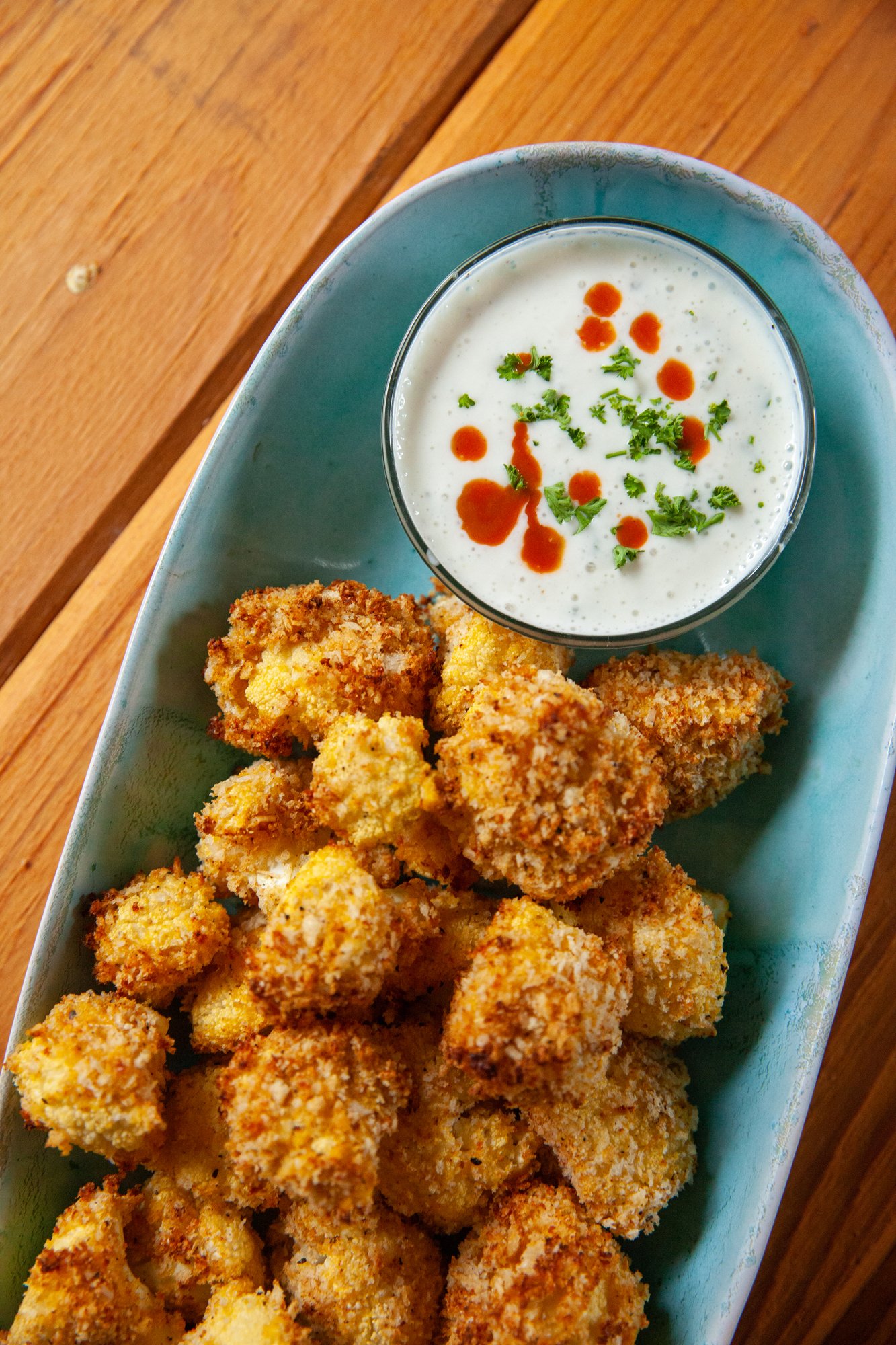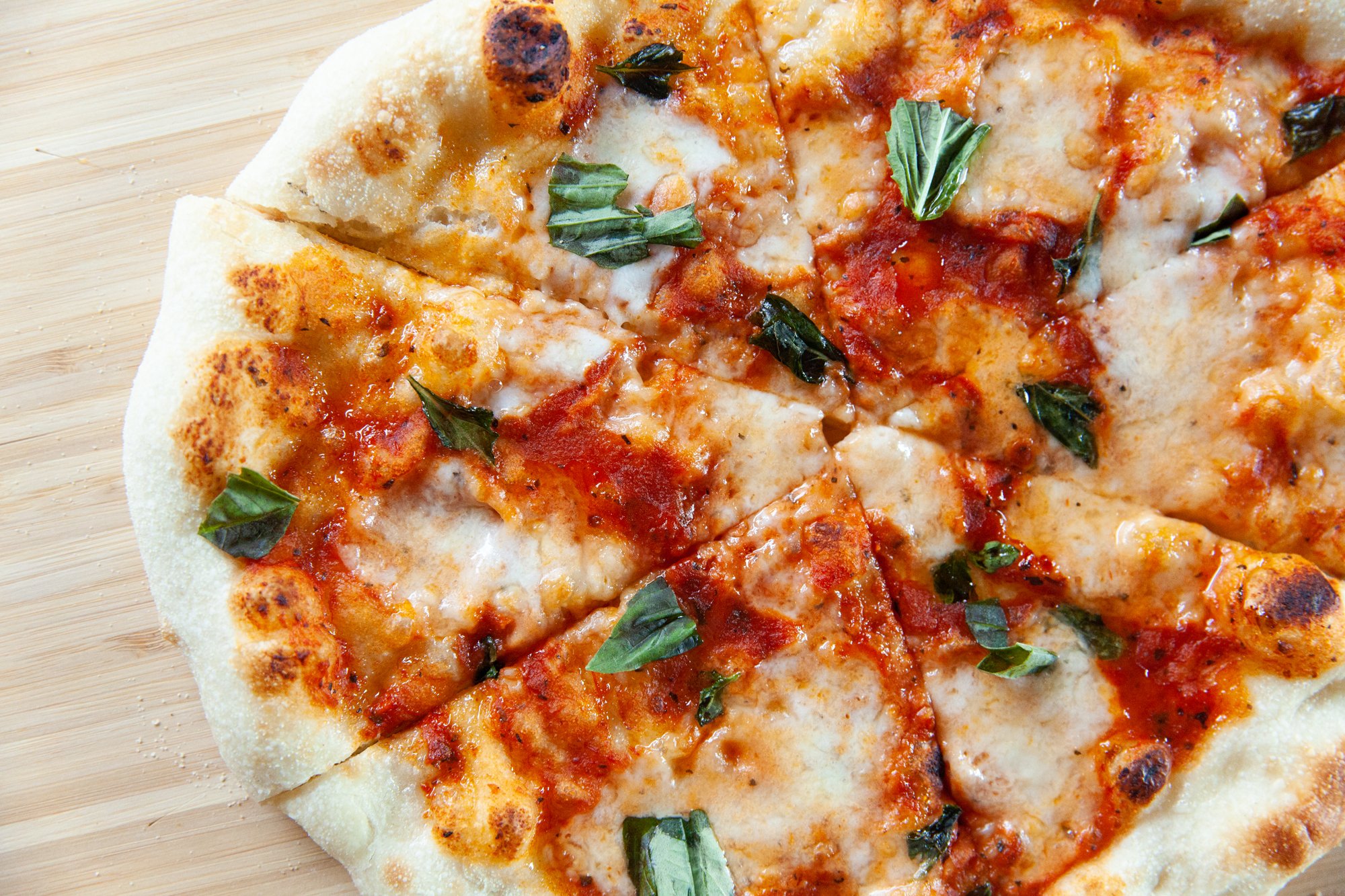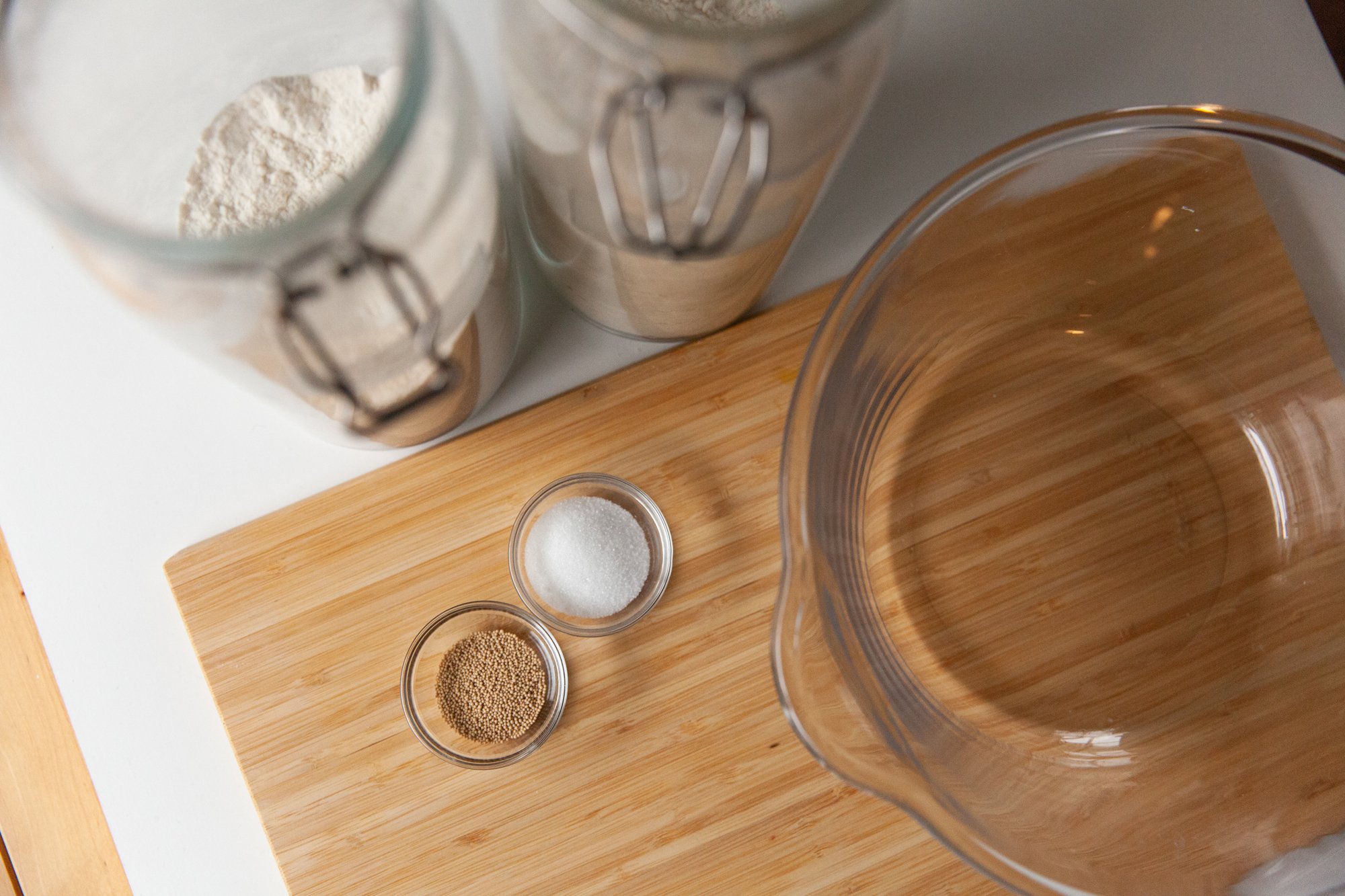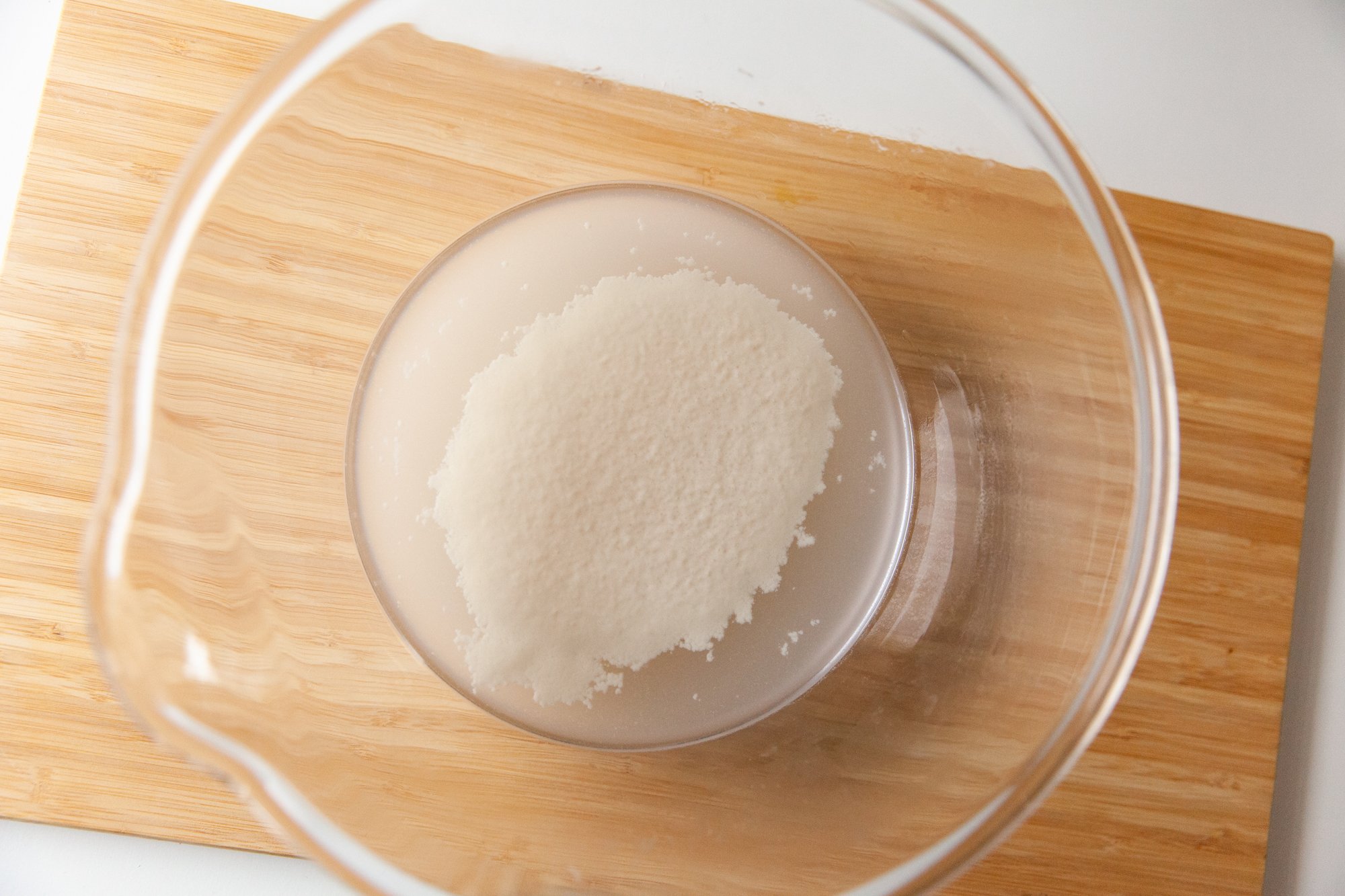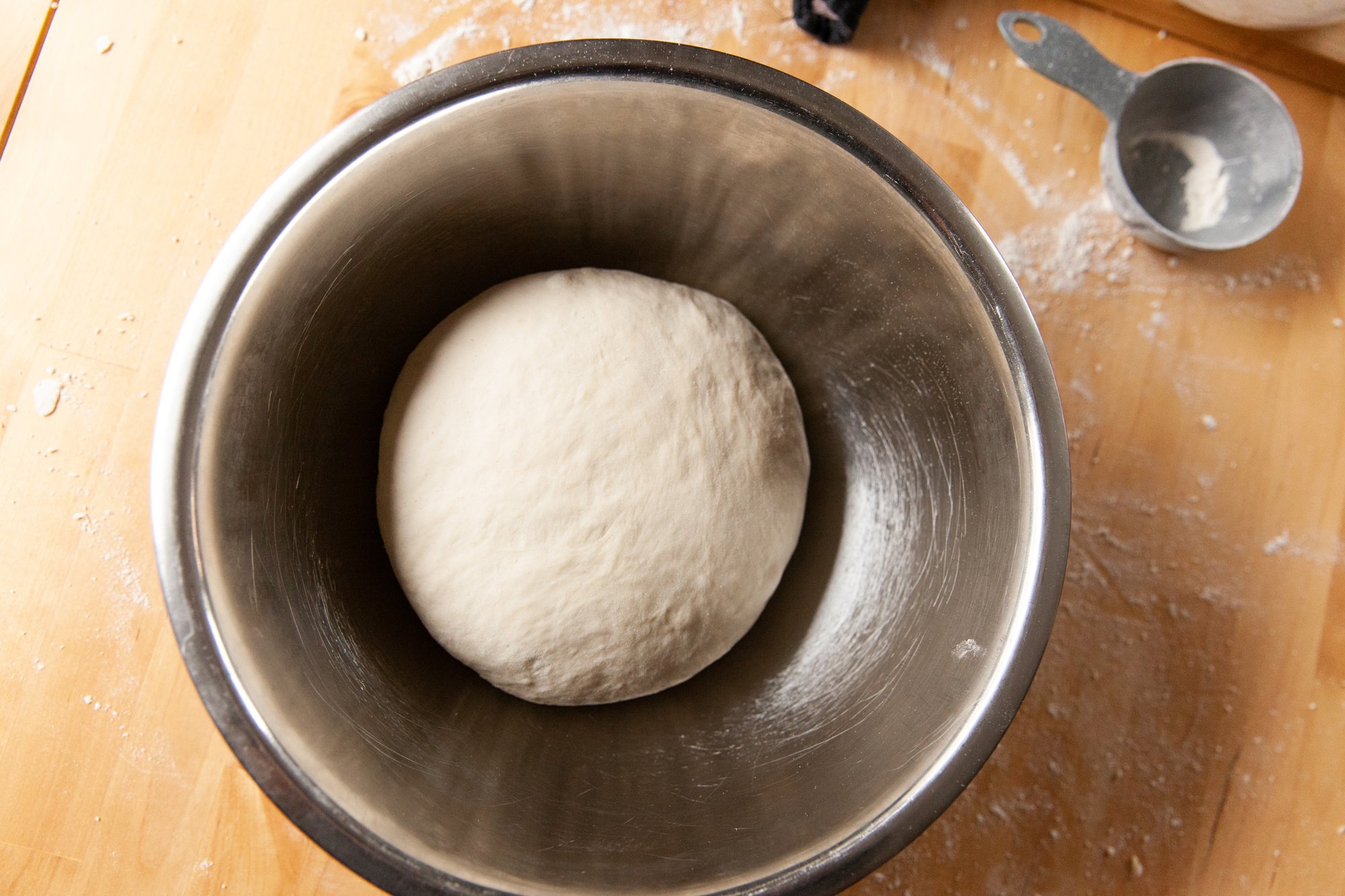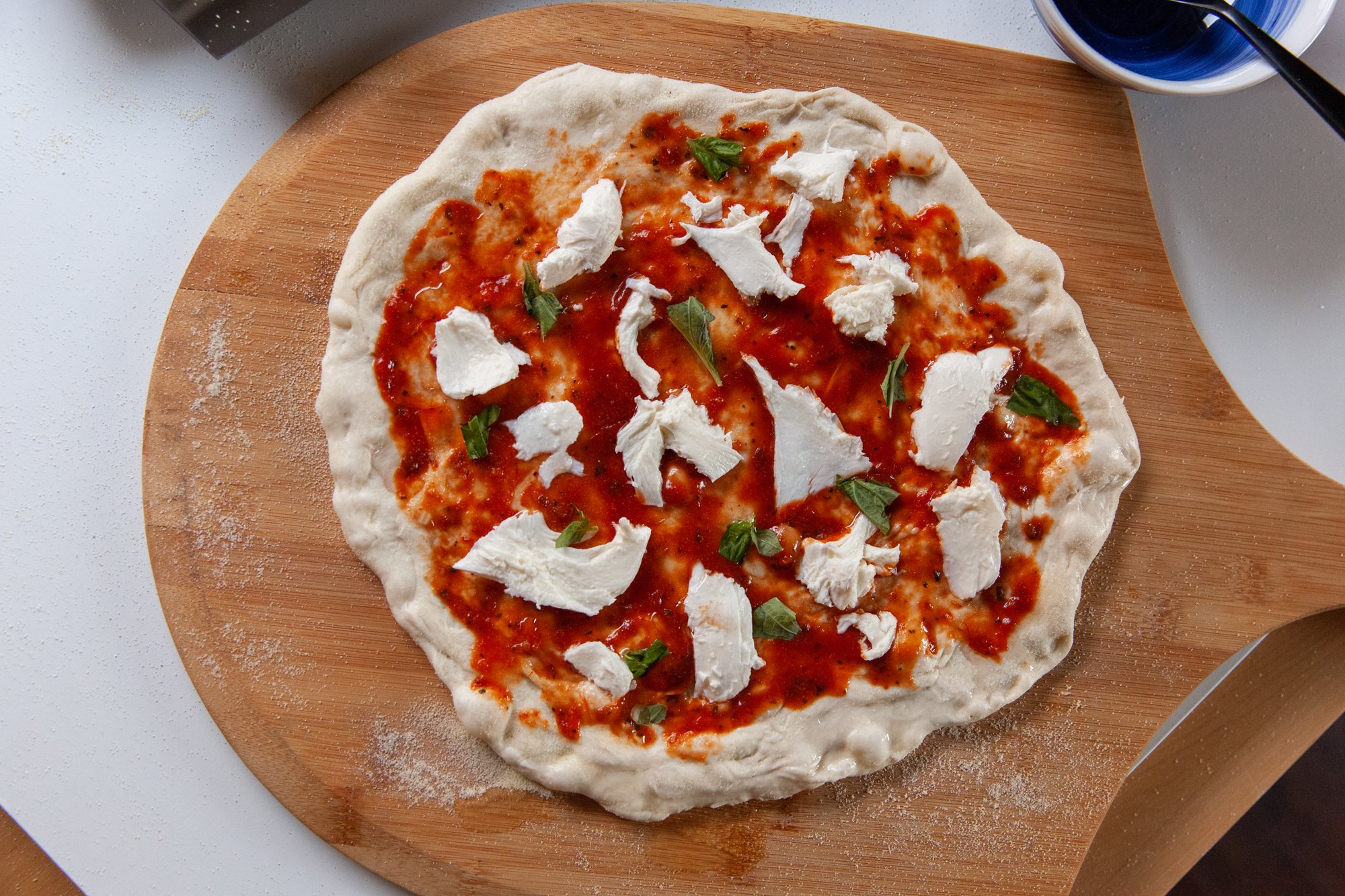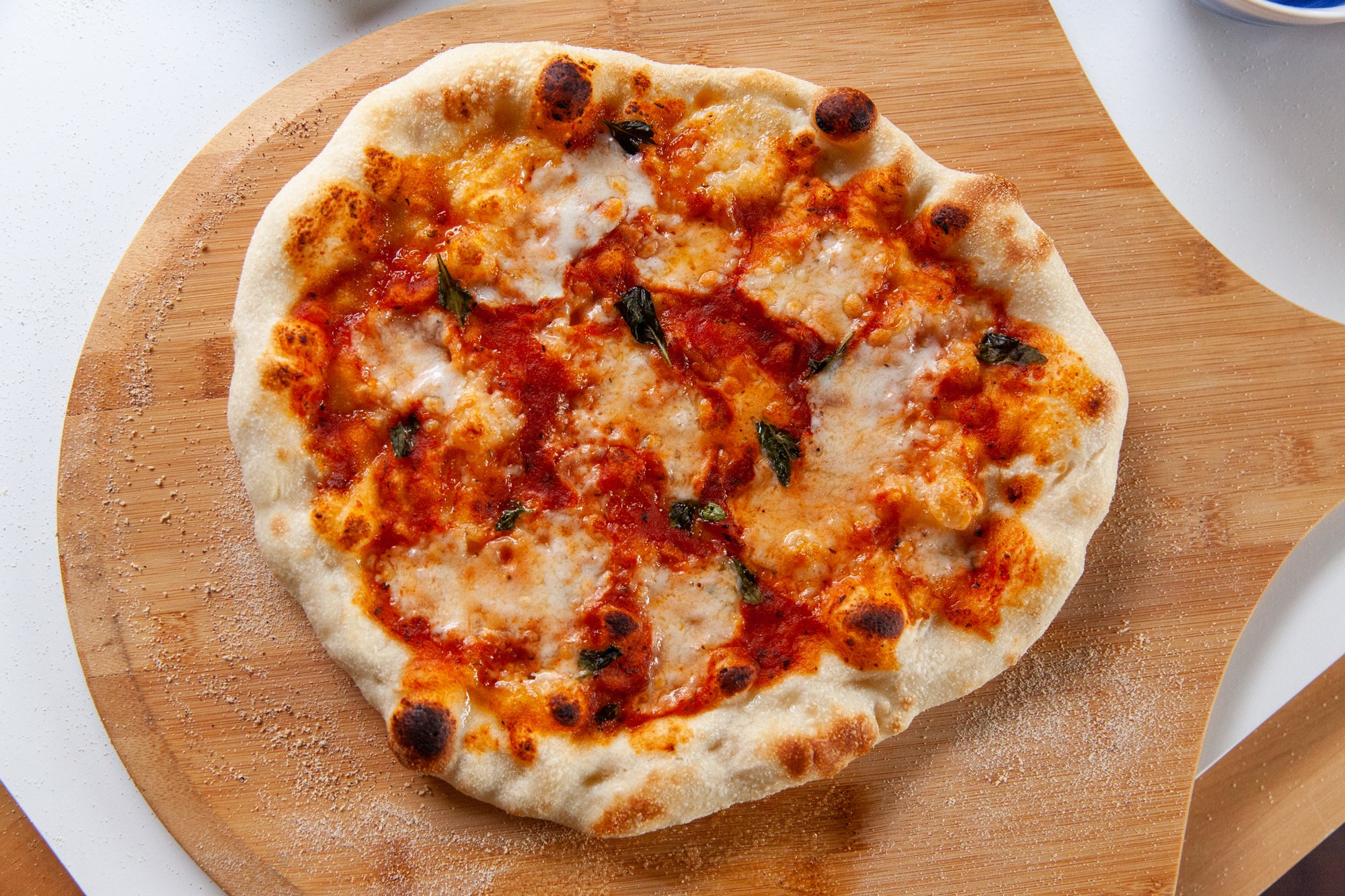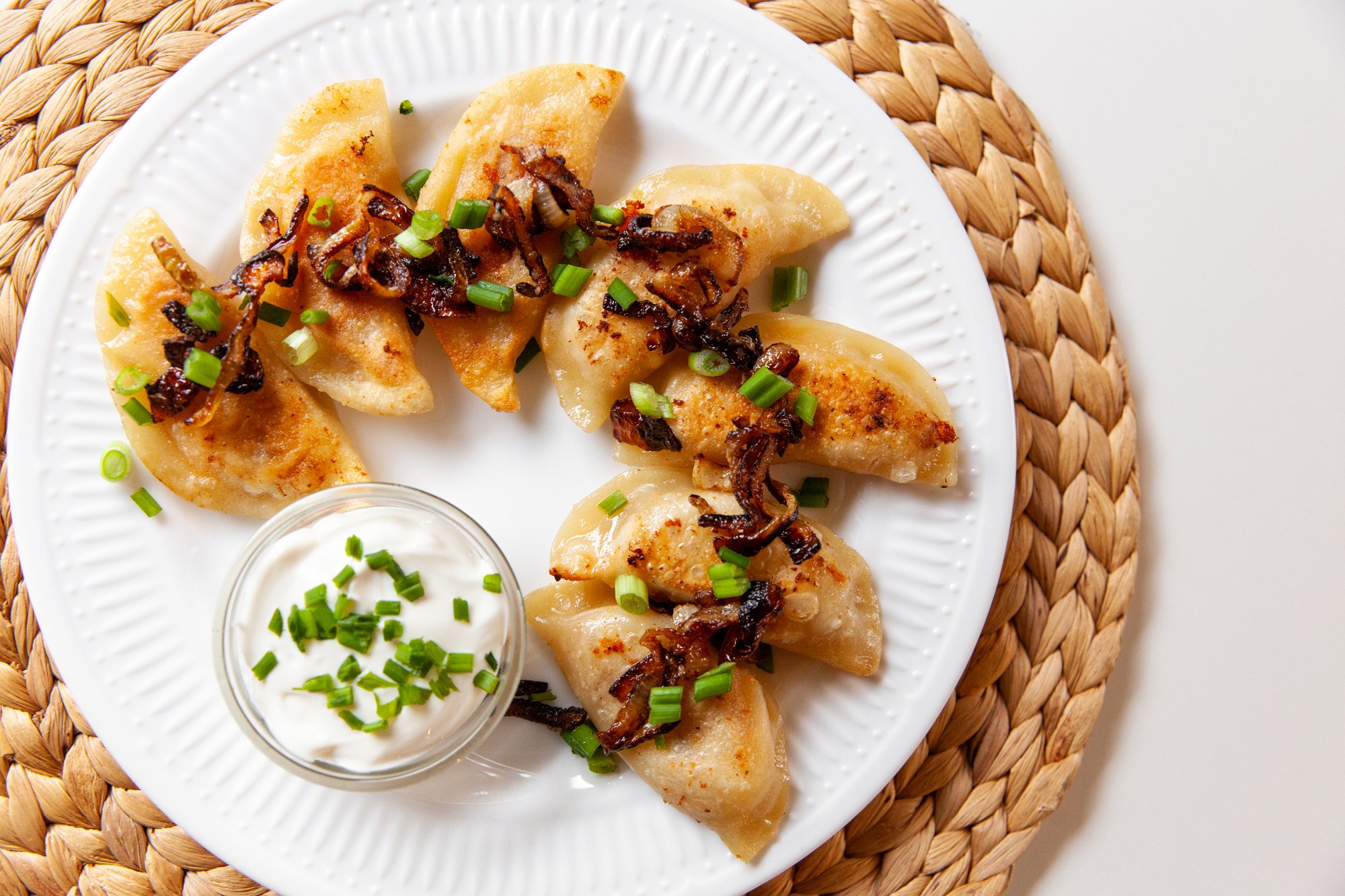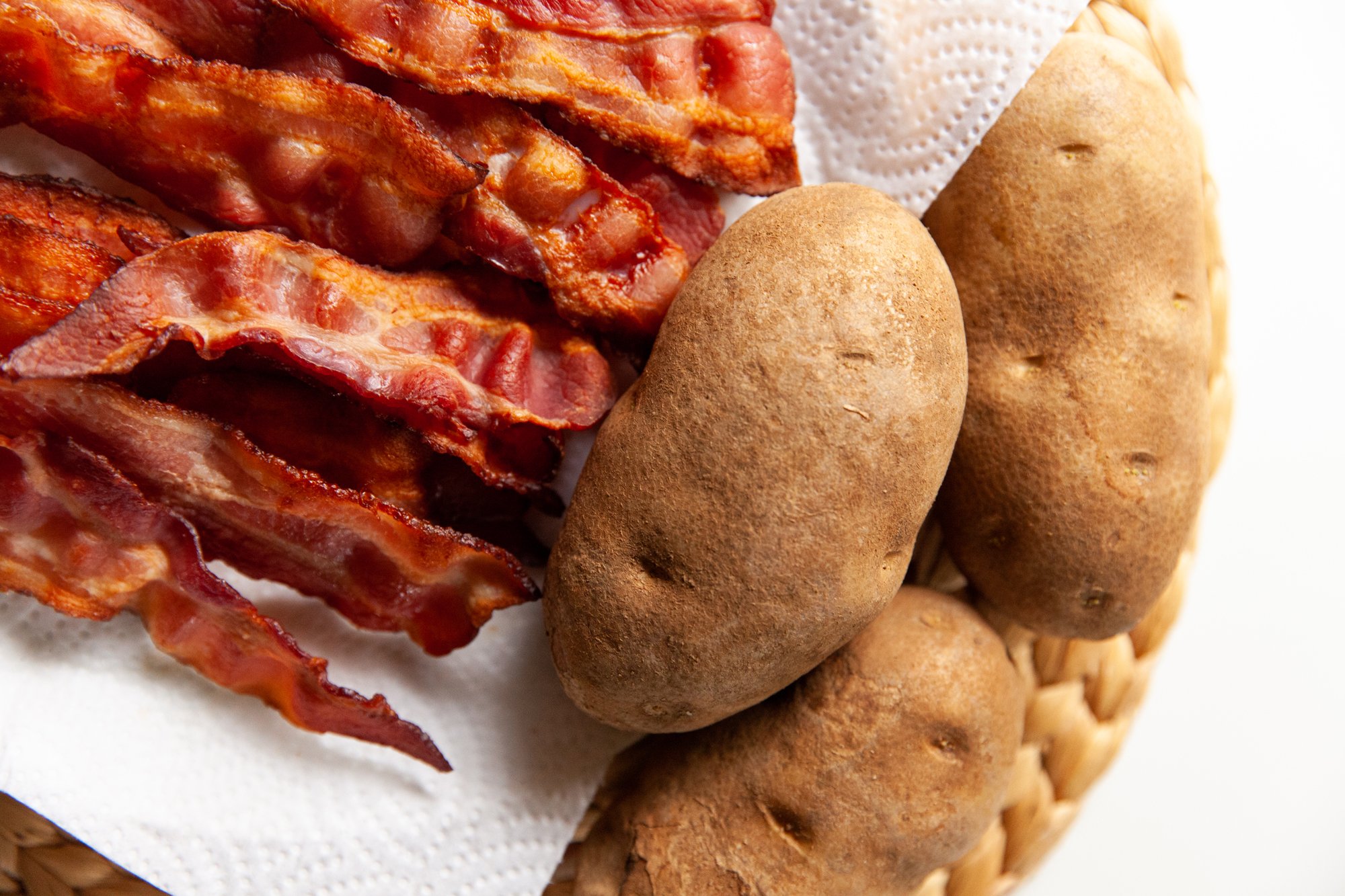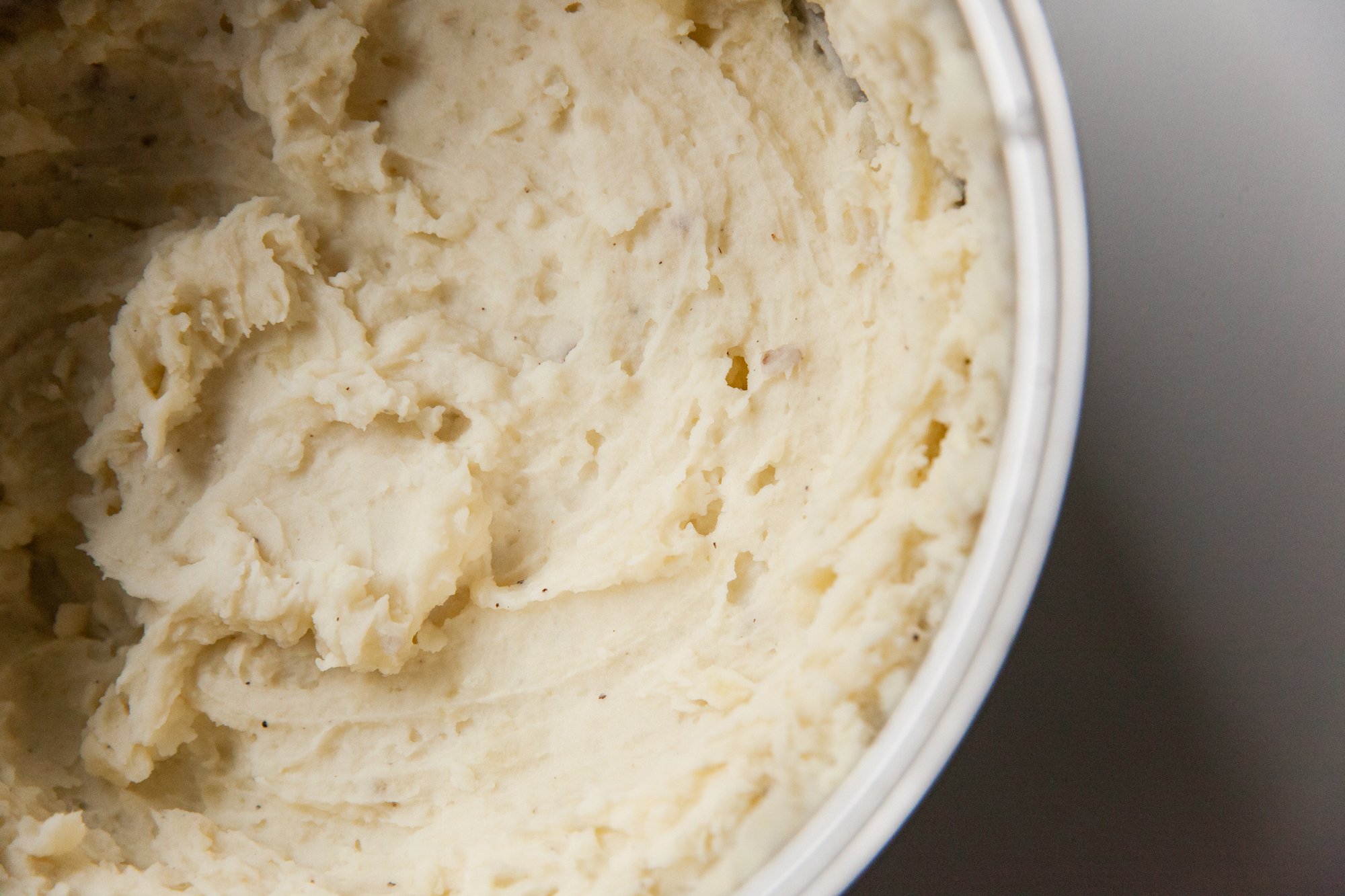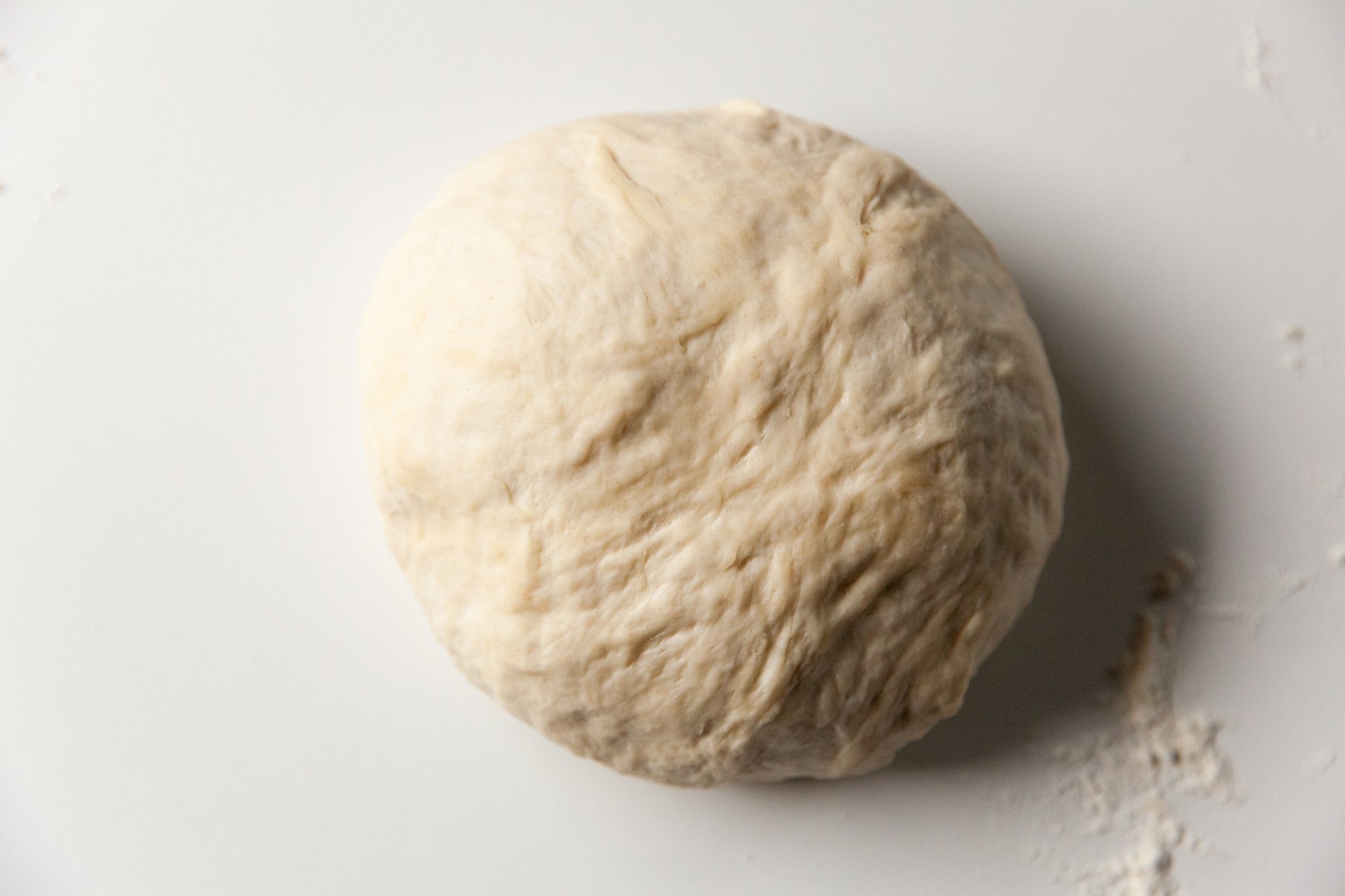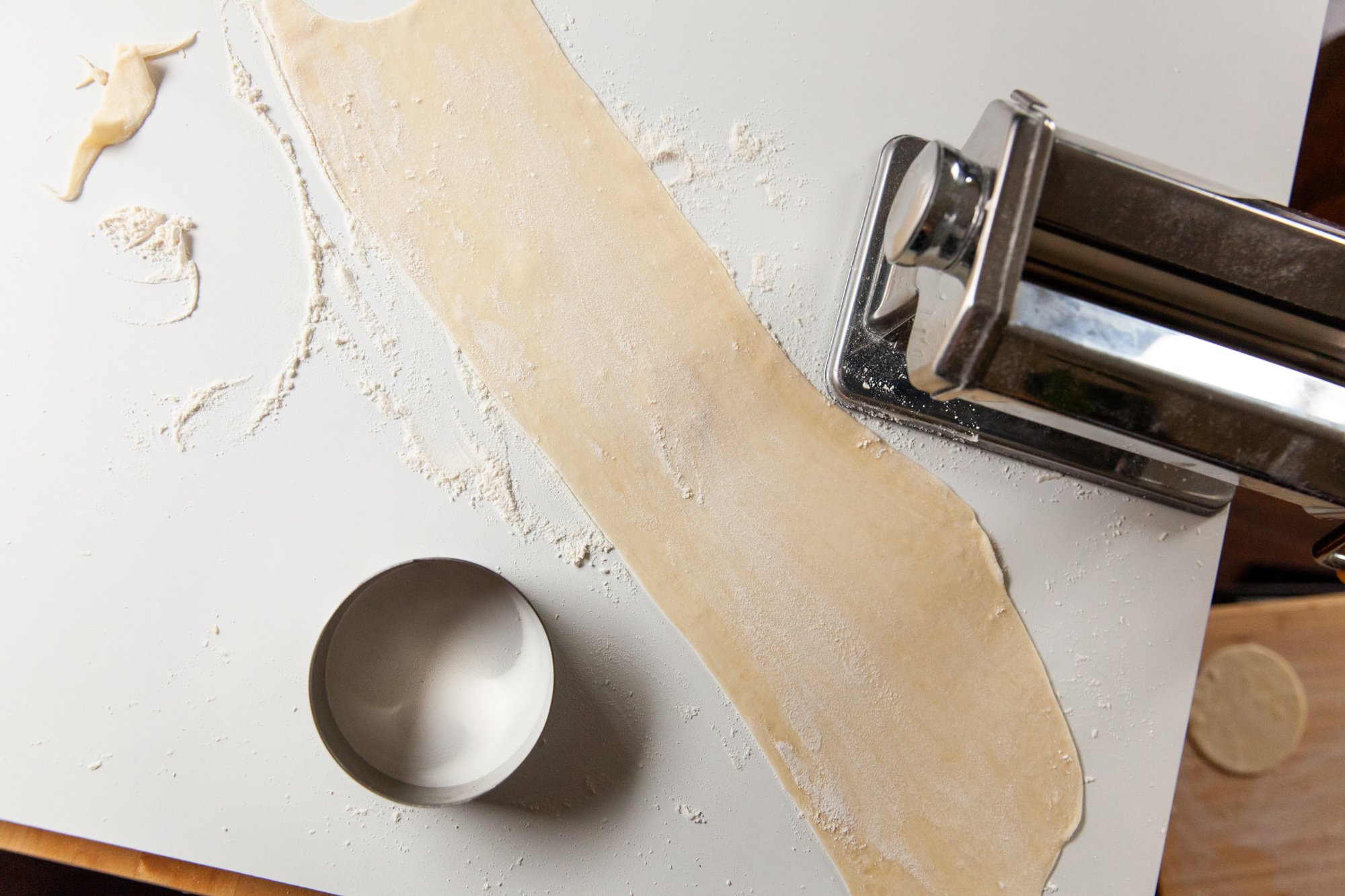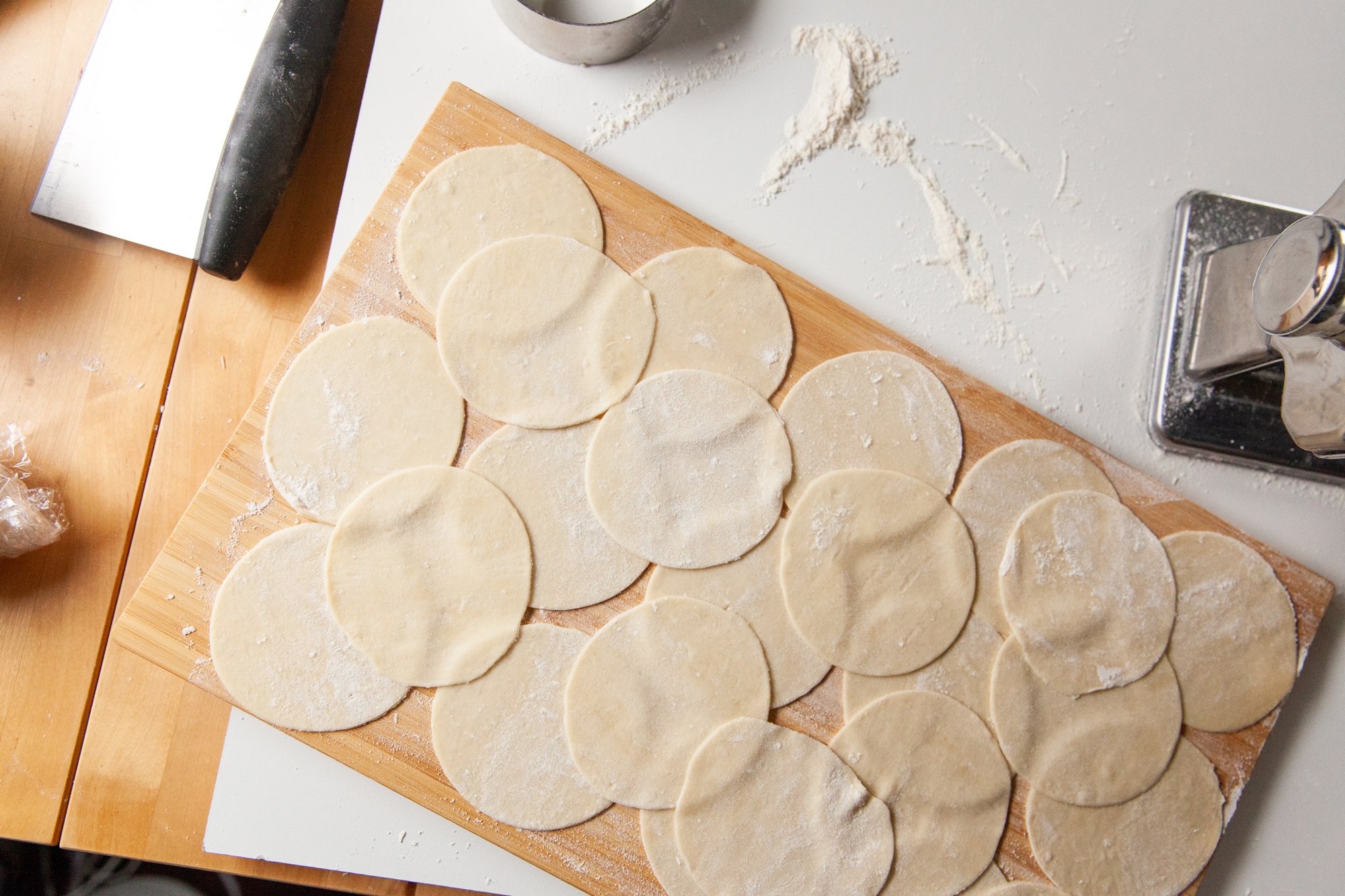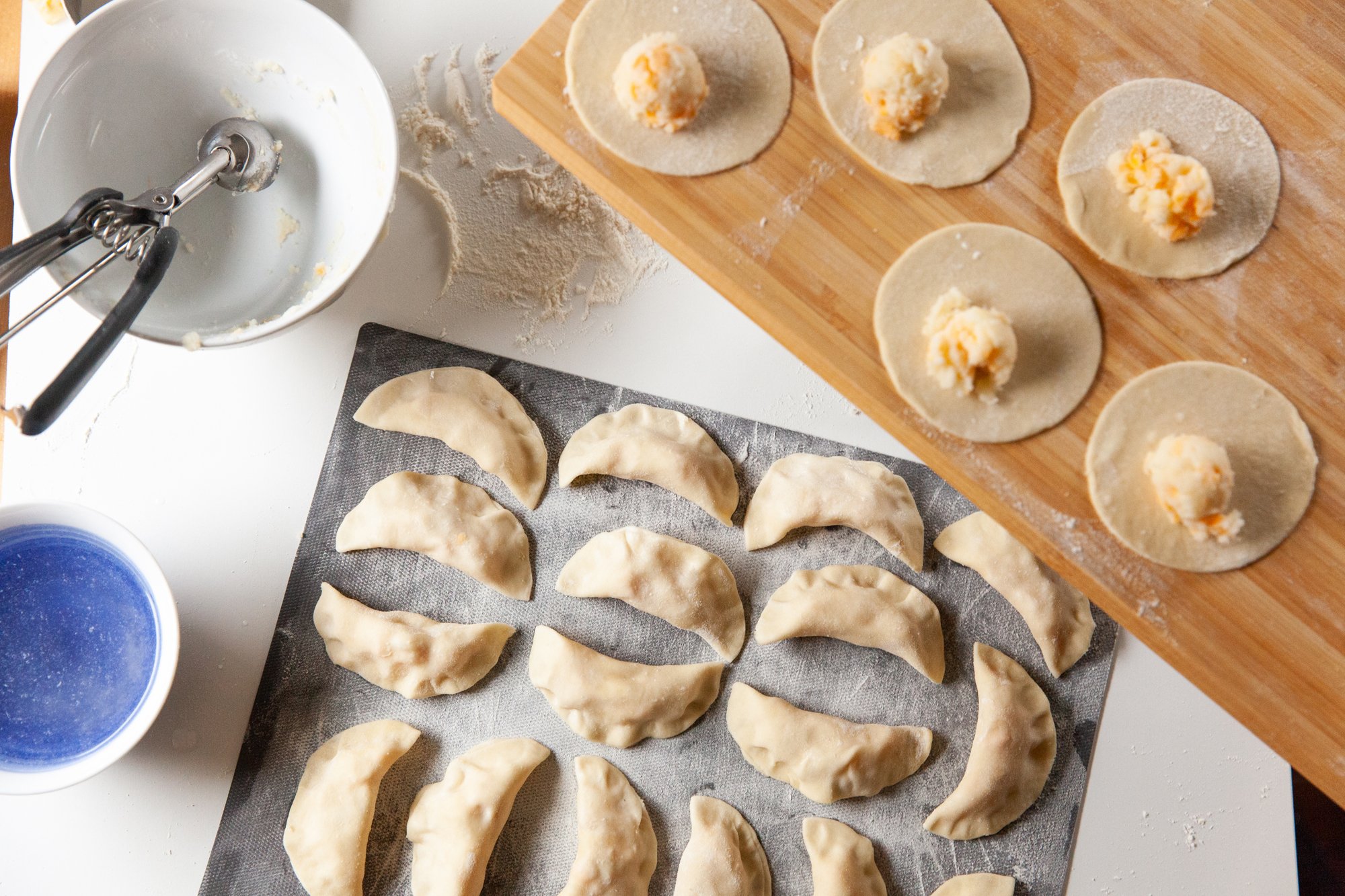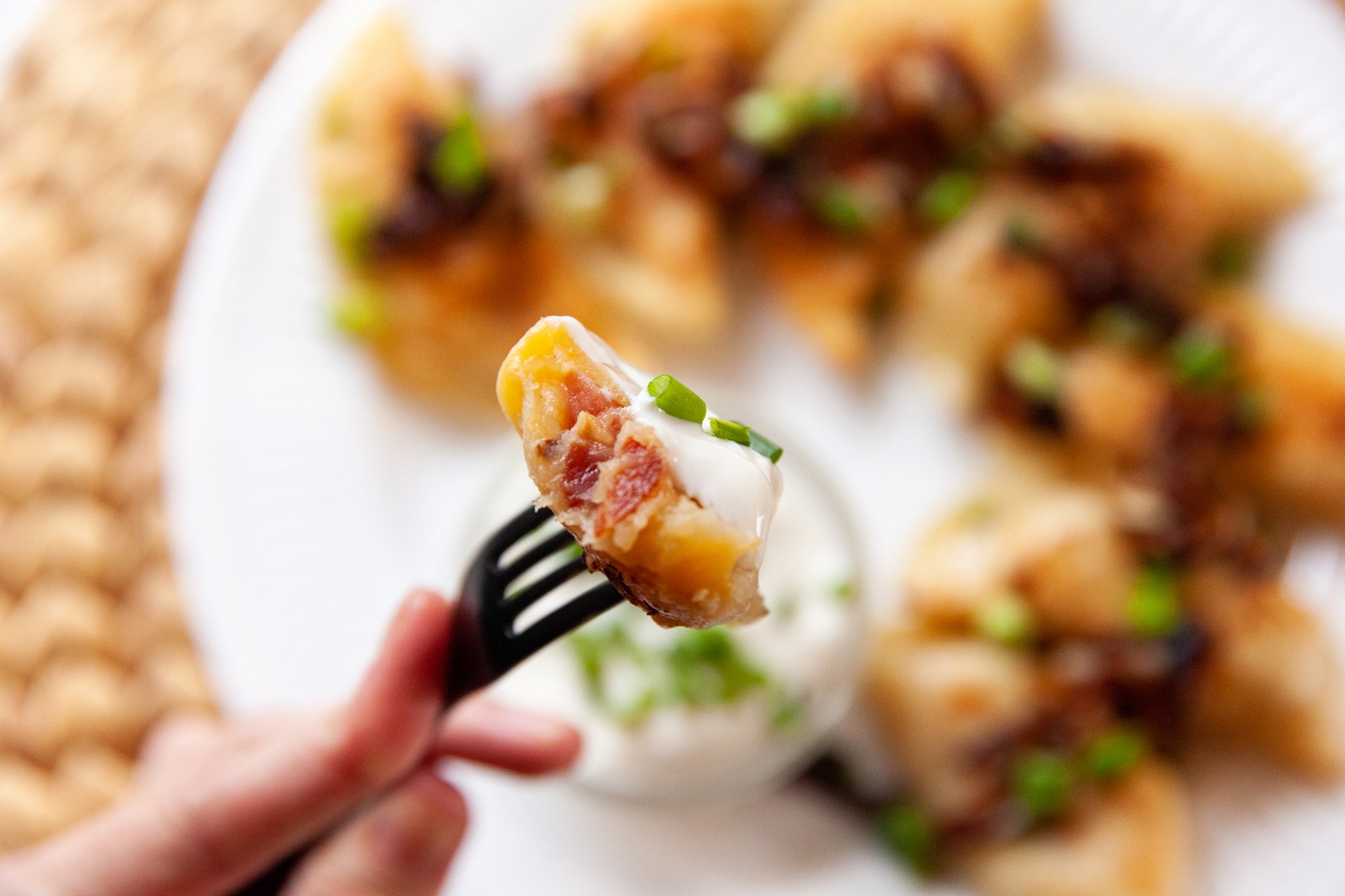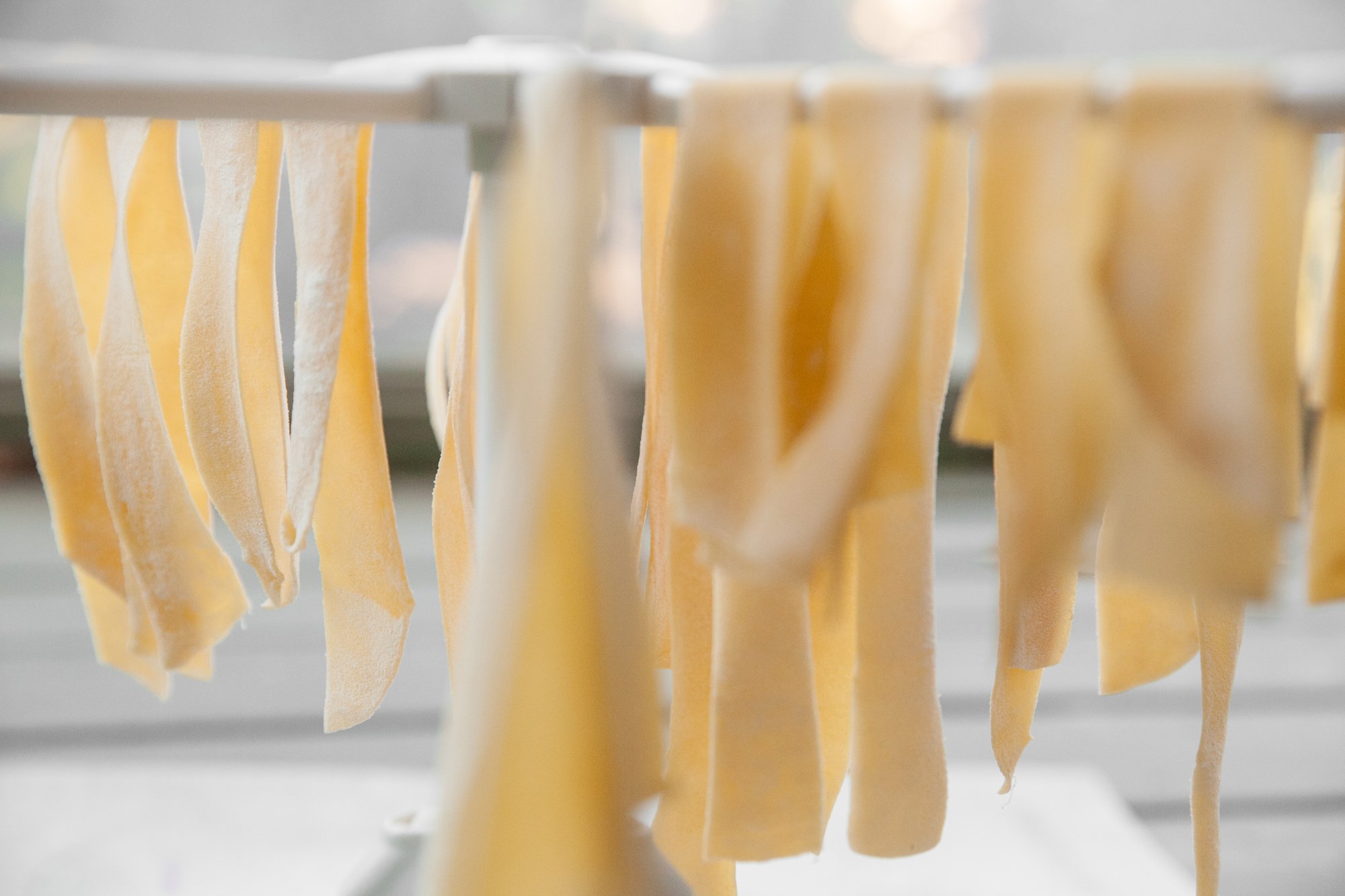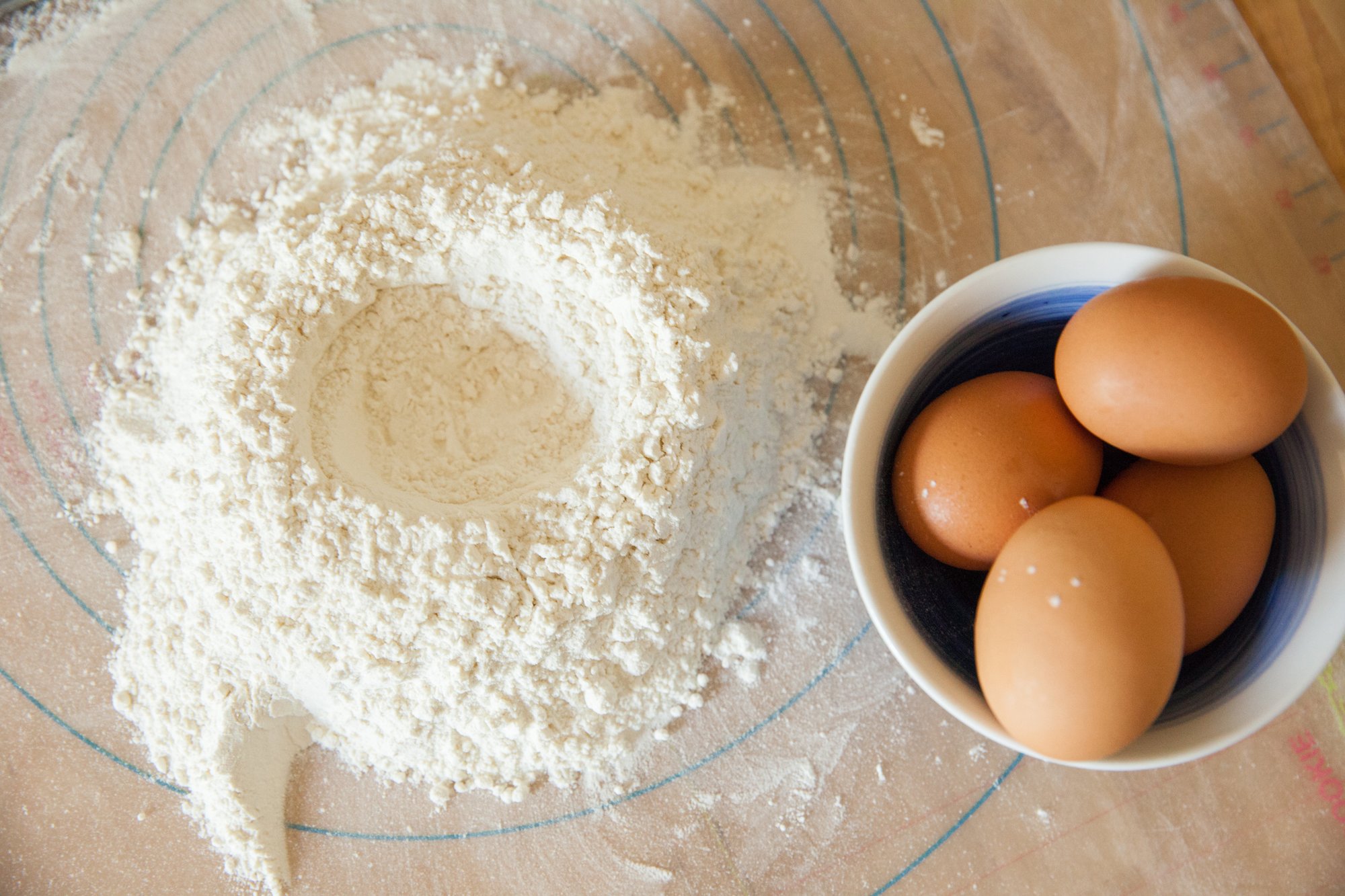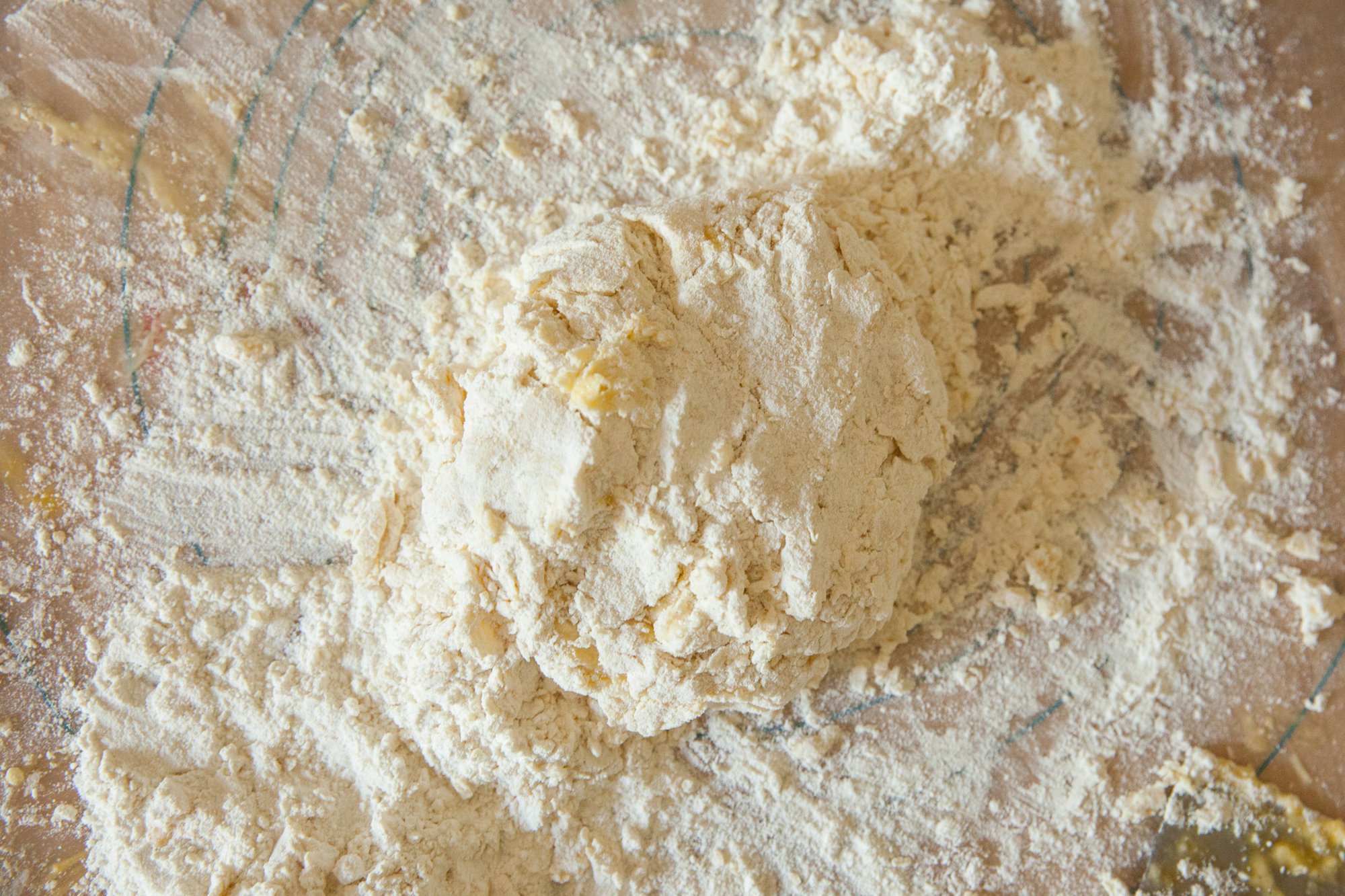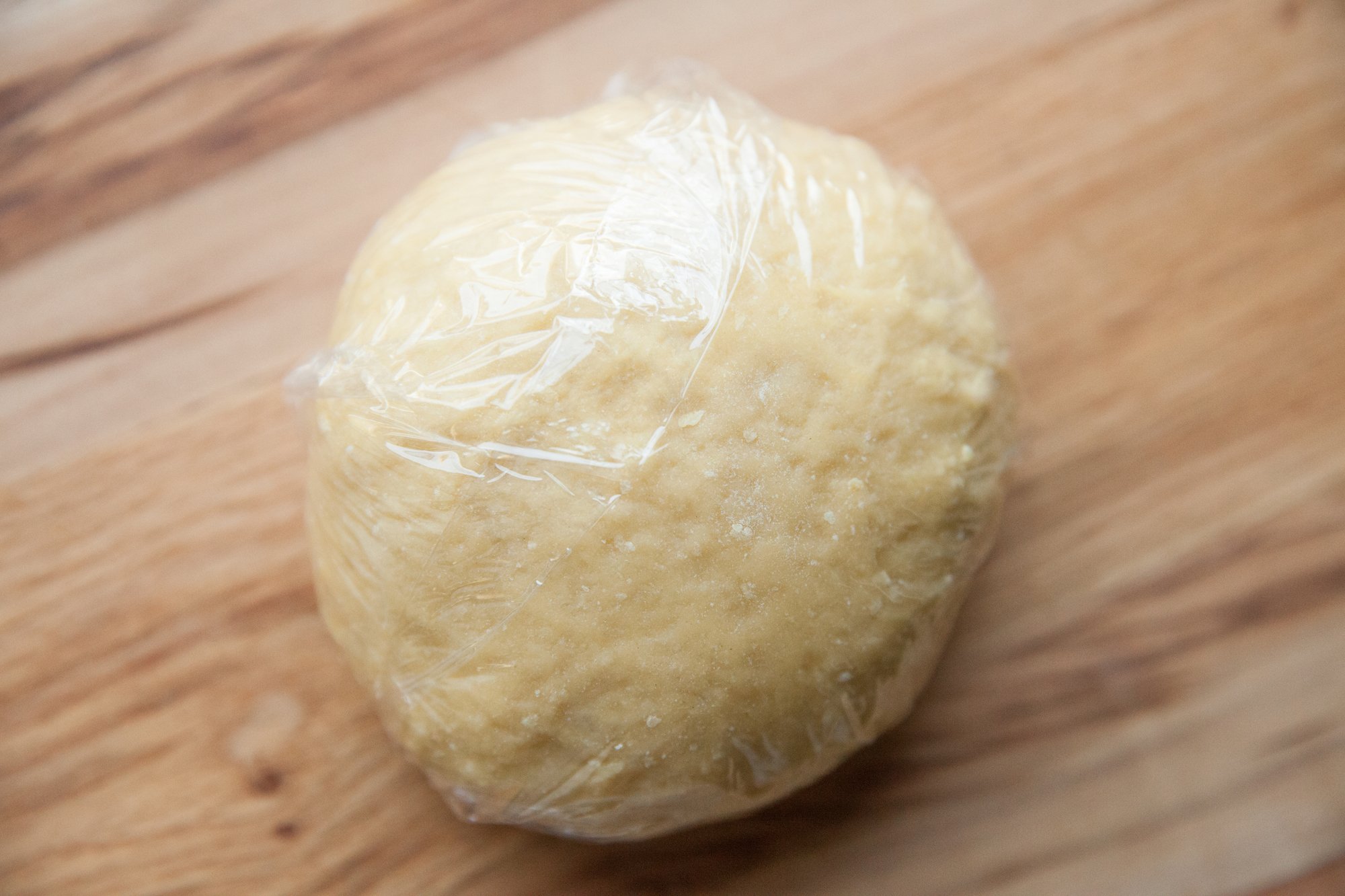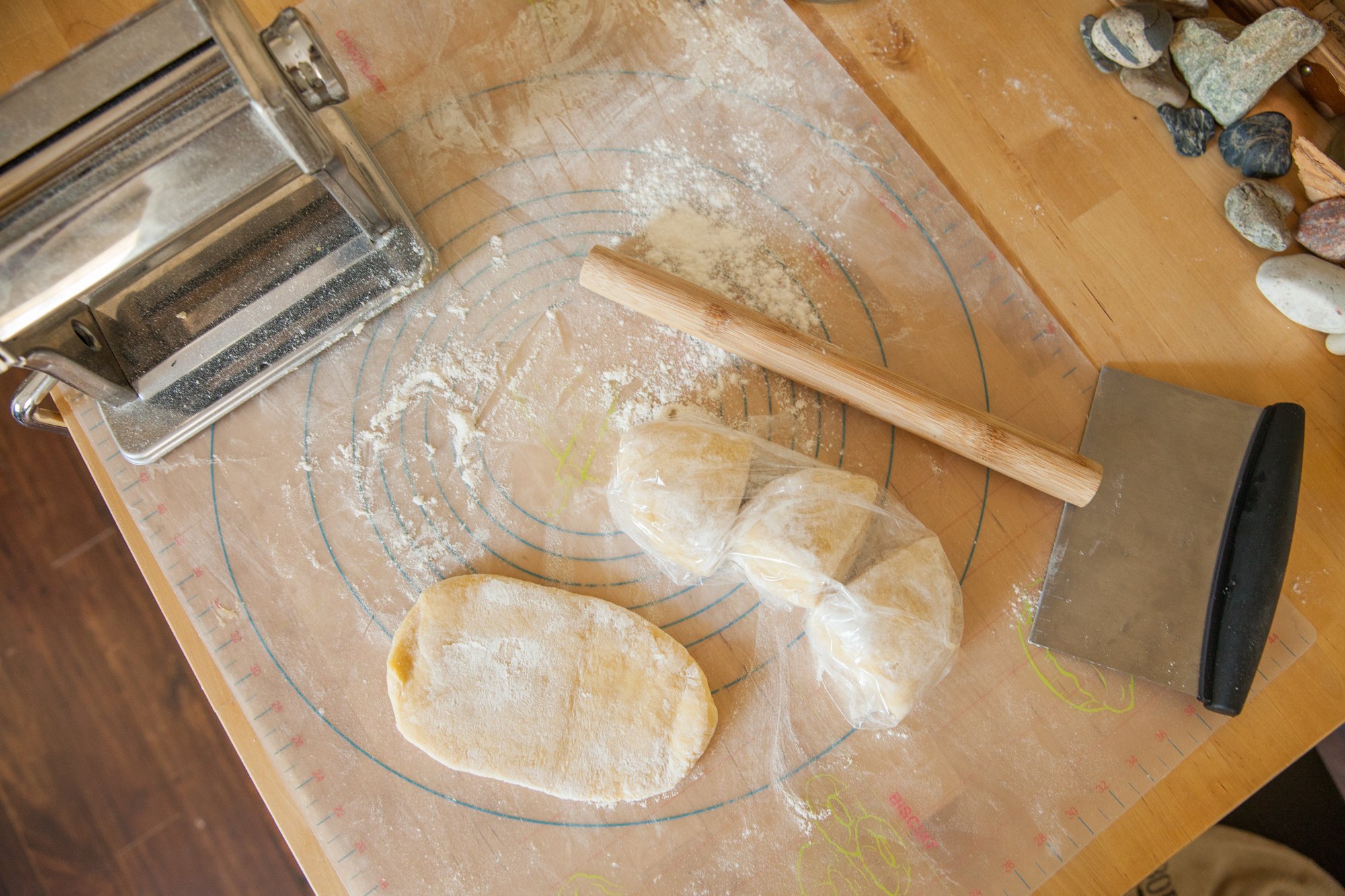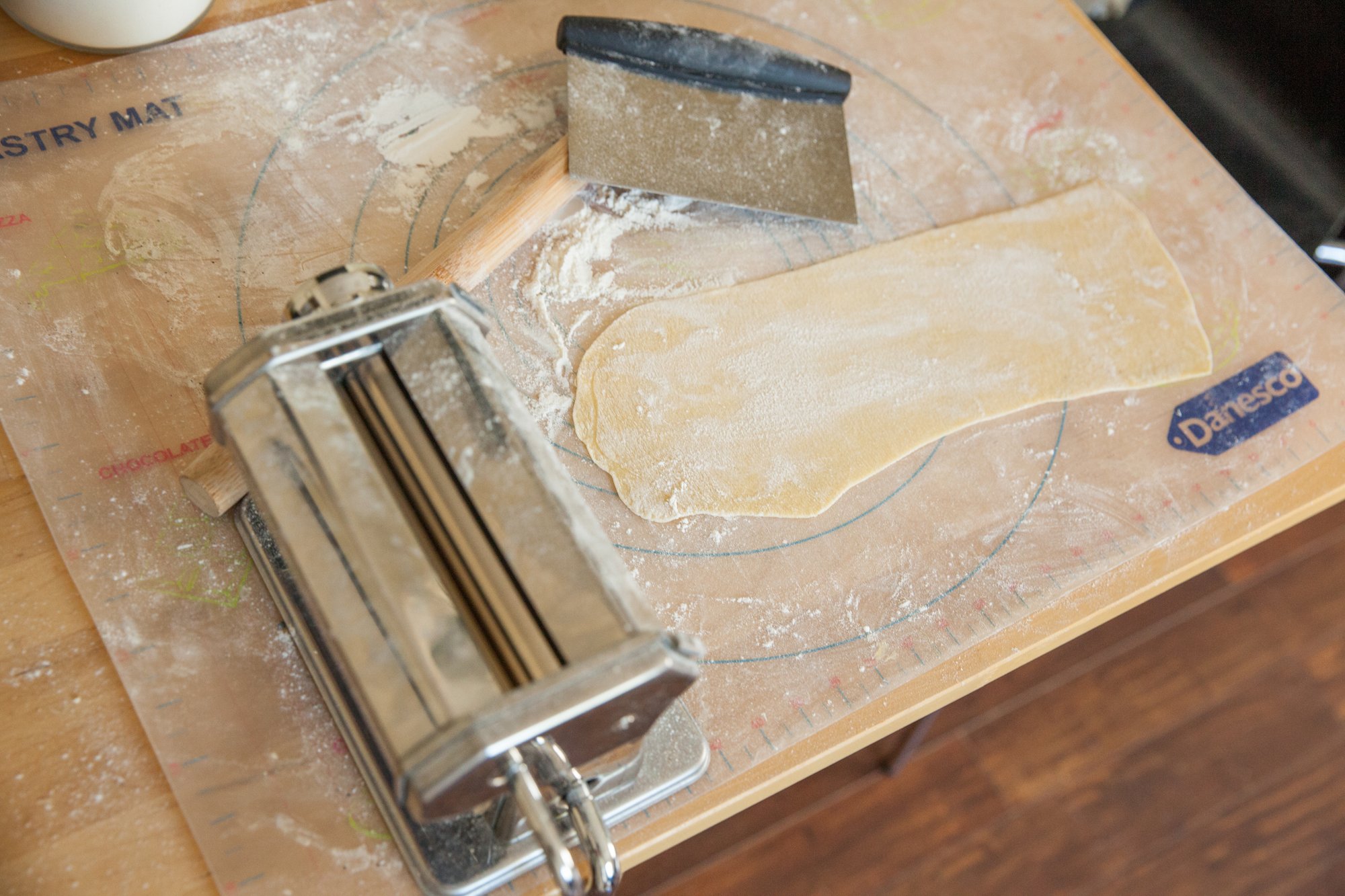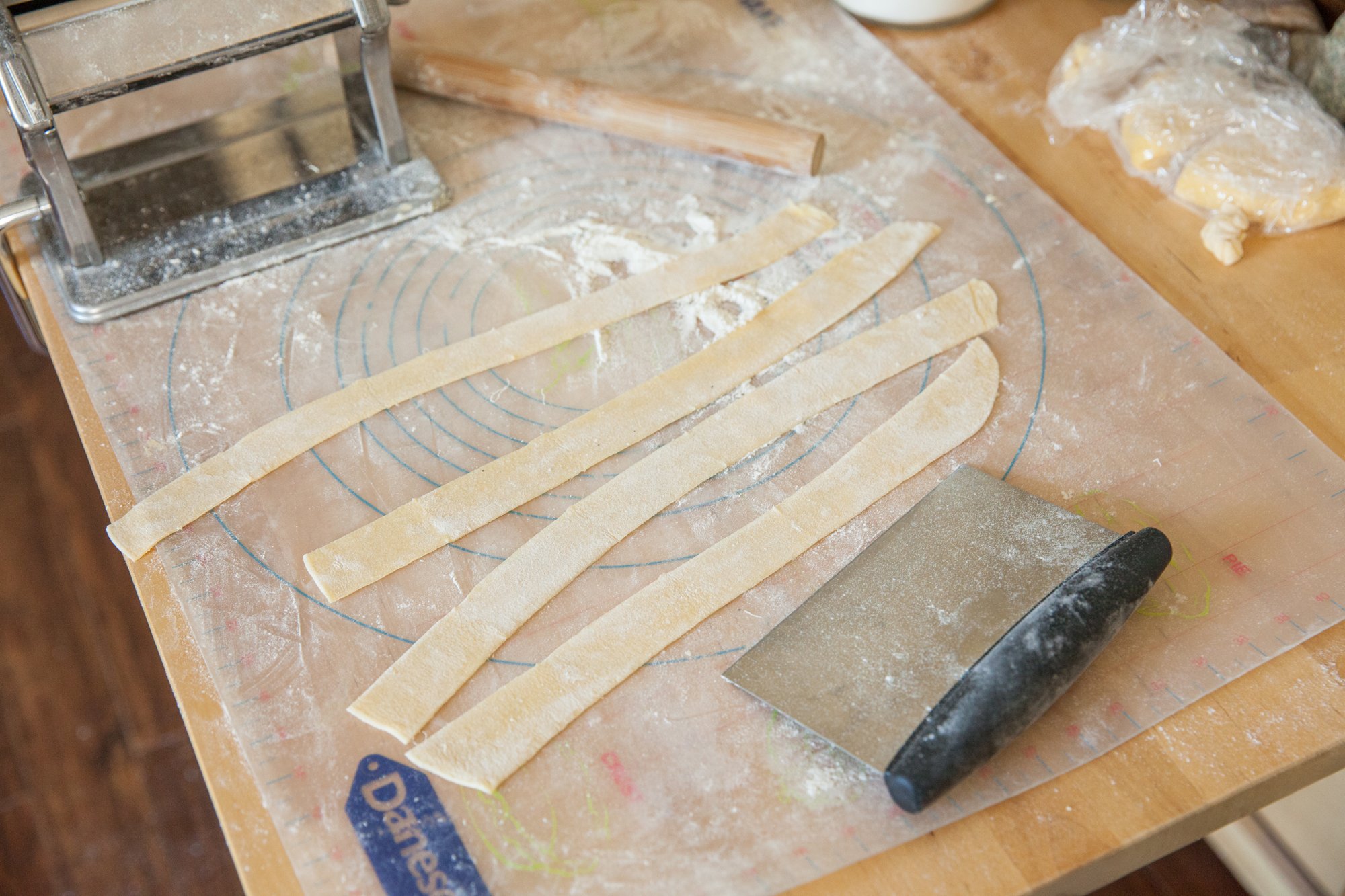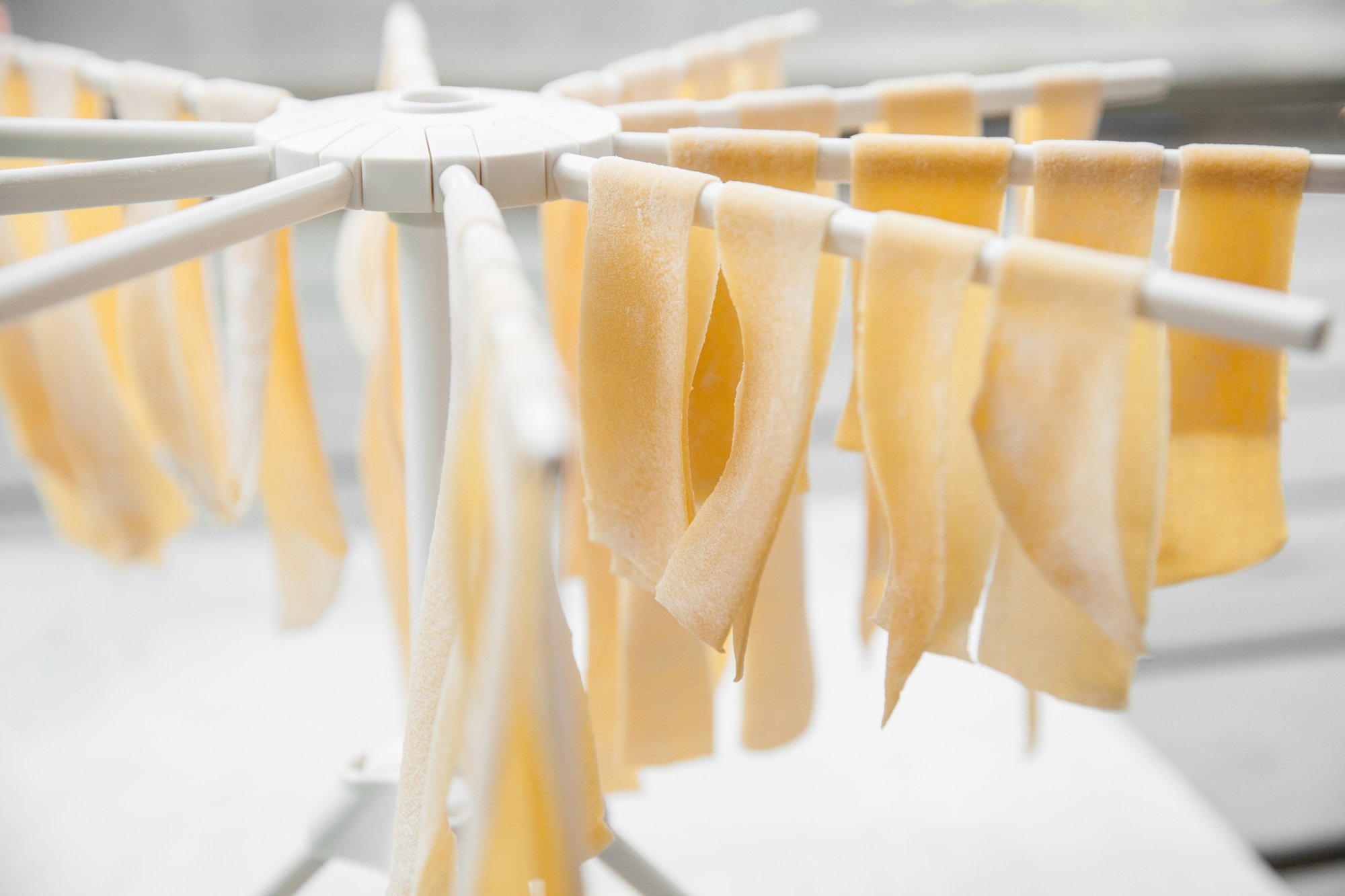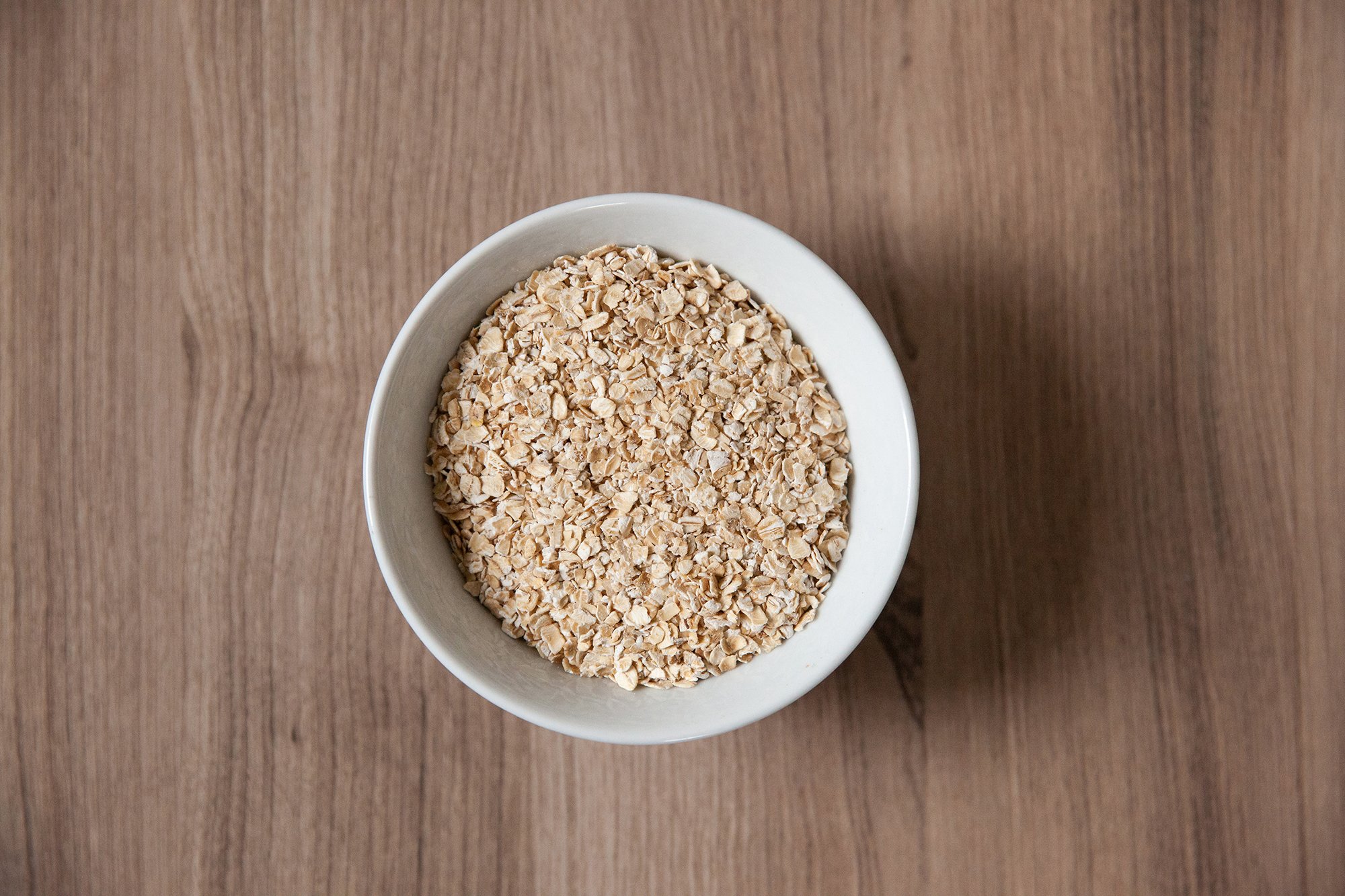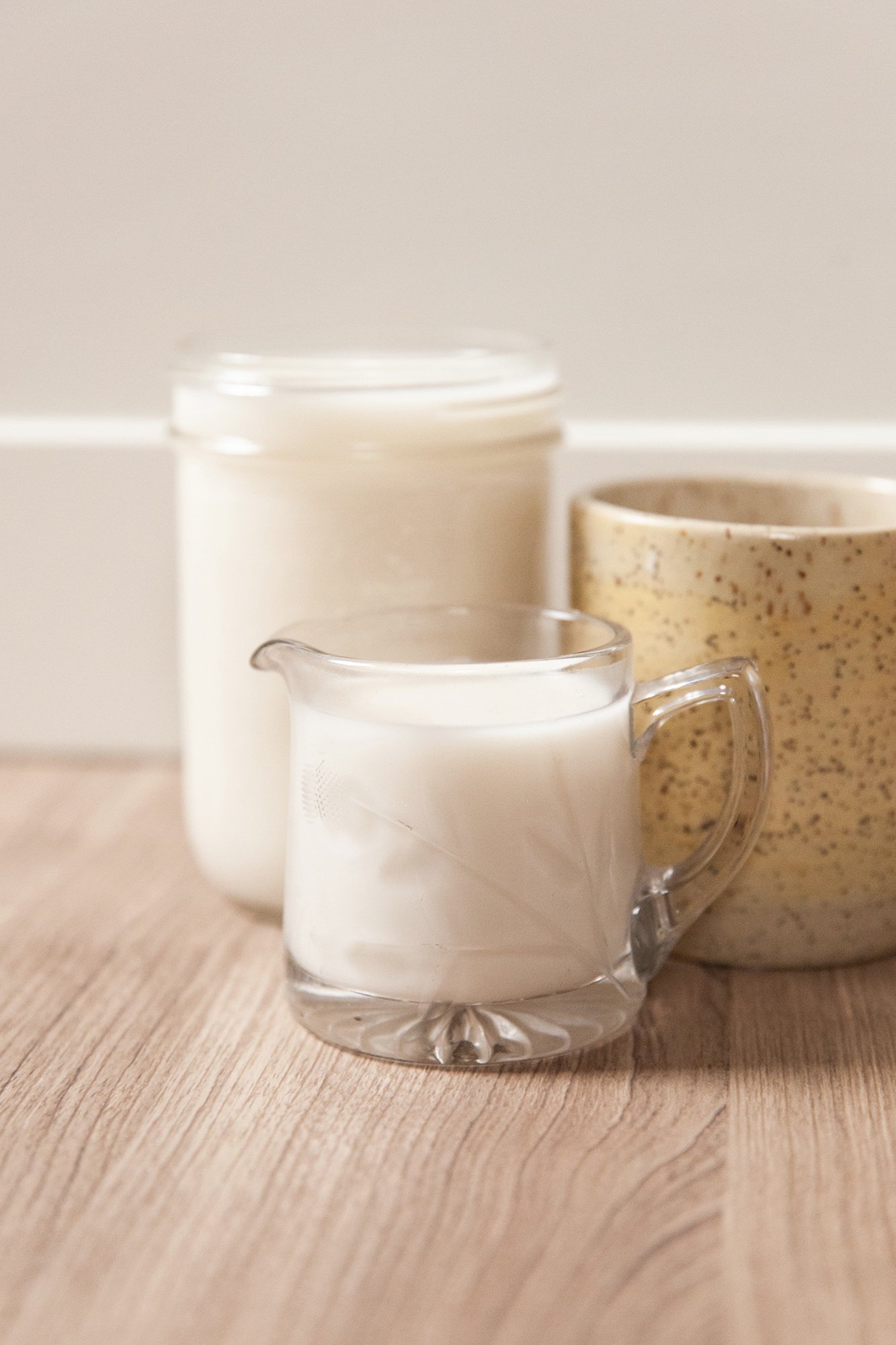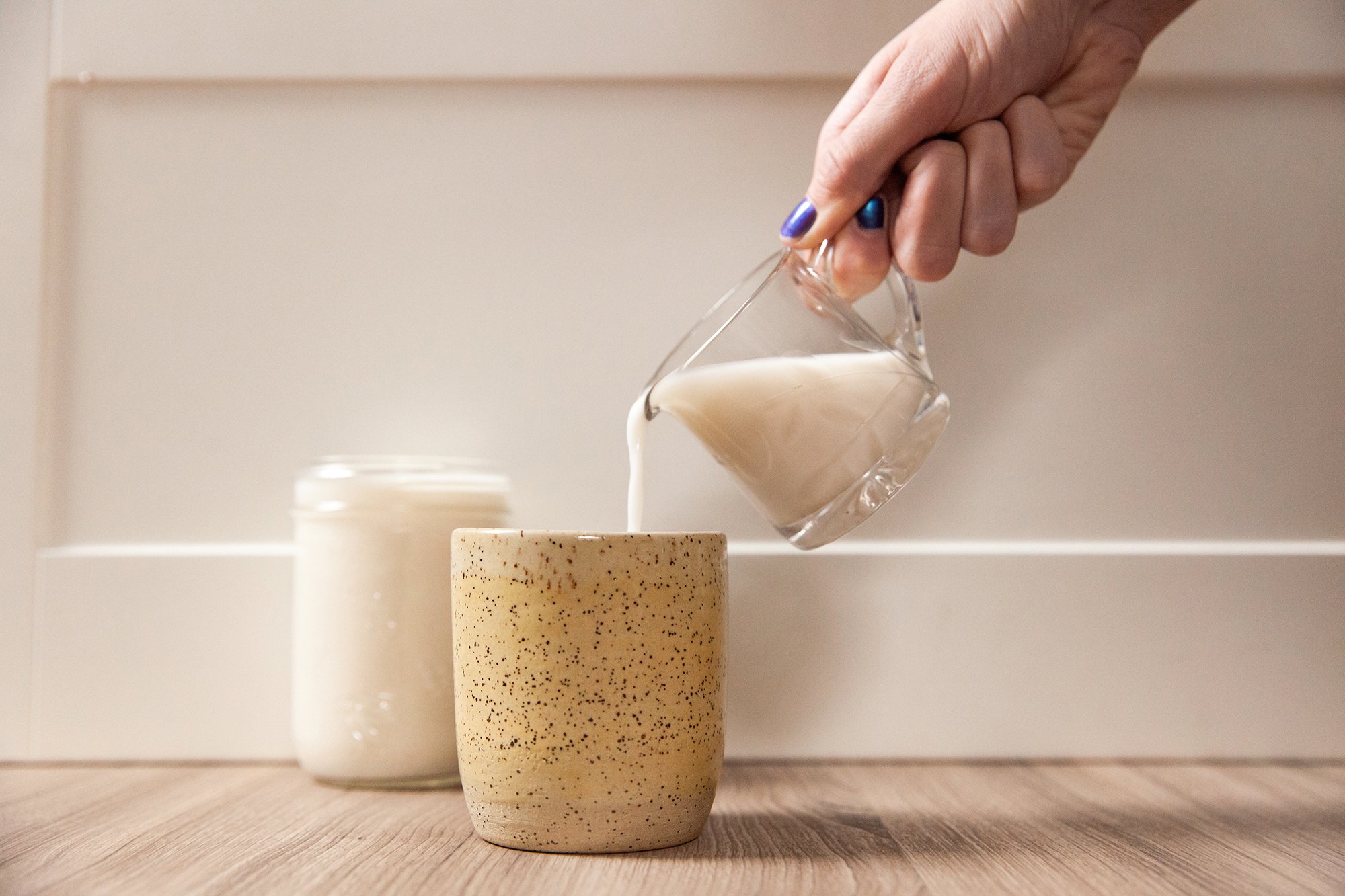RECIPE: Breakfast Sausage - But Make It Vegan
for Environment911.org
April 2022
Some mornings call for a really big breakfast—and these breakfast patties fit in beautifully with a tofu scramble and some roasted potatoes. I like to make them for brunch, or on a camping trip, while sipping on my hot cup of tea. They’re loaded with so much flavour and spice, I guarantee you won’t miss the meat.
Makes Approx. 8-10 Sausages
INGREDIENTS
- 2 cans of black beans
- small onion
- 1 red pepper
- 6 cloves garlic
- fresh rosemary
- fresh sage
- fresh thyme
- 1.5 tsp fennel seeds
- salt & pepper
- optional: teaspoon of paprika (or other spice)
- 2 flax eggs (instructions here)
- (optional: bread crumbs)
- cooking oil
INSTRUCTIONS
Make your flax eggs.
Roughly chop and de-seed your pepper, peel and quarter your onion, and peel your garlic.
Add three ingredients into a food processor and pulse until finely chopped.
Remove and place into a large bowl.
Add the black beans into the processor and blend until almost a paste, and then place into the bowl with the pepper-onion-garlic mixture.
Chop your fresh rosemary, sage and thyme and add to the bowl with some salt and pepper. (This is also great to sprinkle over potatoes if you’re having them.)
Mix ingredients together with your hands, then add in the flax eggs and mix until combined.
(If the mixture doesn’t hold together fully, add in some bread crumbs or oat flour.)
Dive into equal parts of desired size. Roll and then press flat.
Heat oil in a pan and fry until both sides are nicely browned.
If you have leftovers, try making a breakfast burrito or hash the next day.



